http://worldtravelimages.net/Tokyo.html
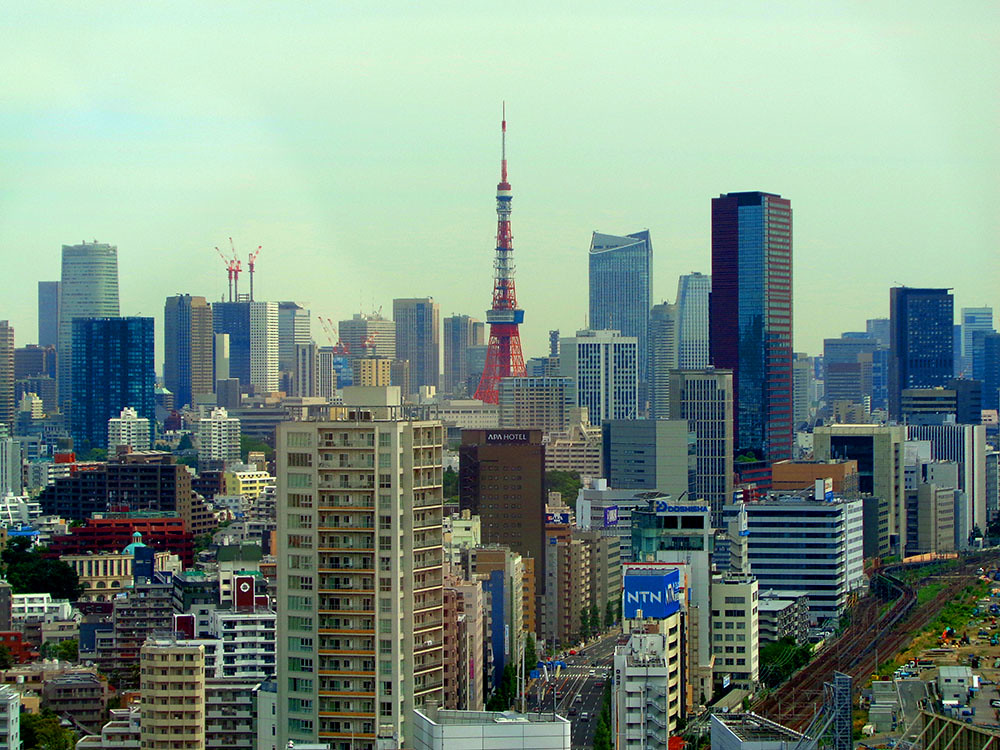 Views from Shinagawa Prince 03
Views from Shinagawa Prince 03 by
Nightsky, on Flickr
Population: 8 967 000 (metropolis 13 617 000, metro 38 305 000)
Tallest building: Toronomon Hills (255.5m, 52 floors, built 2014)
Tallest structure: Sky Tree (634m, built 2012)
Language: Japanese
Founded: 1457 as Edo, renamed Tokyo 1869
Region: Kantō
Prefecture: Tokyo
Island: Honshu
Area: 2 187.66 km² (metro 13 572 km²)
Year visited: May 2018
http://worldtravelimages.net/Tokyo.html
 Tokyo Skytree 053
Tokyo Skytree 053 by
Nightsky, on Flickr
Tokyo is the capital of Japan, Japan’s largest city and the world’s largest metropolitan area with around 35 million inhabitants. Tokyo literally means ”Eastern capital” and is situated in the island of Honshu, facing Tokyo Bay. Sumida River flows through the Eastern parts of the city, as well as the smaller Kanda River, Seguro River and 15 other smaller rivers.
Tokyo was traditionally known as Edo, originally a small fishing village built around the Edo Castle in the 15th century. Edo Castle is the place where Imperial Palace is today. The name was changed to Tokyo (Tokio) in the 19th century when it replaced Kyoto as Japan’s capital. The city was destroyed by fires after the earthquake in 1923 and the WWII bombings. Tokyo used to be a city with only lowrise buildings and tempes, but after it was destroyed it was heavily modernized. Meanwhile many of the cities beautiful ancient temples were rebuilt. In 1958 Tokyo Tower, a tower that reminds of the Eiffel Tower but slightly taller (333m tall), was constructed. The tower offers two observation decks with great views. It is a famous landmark, situated in the Minato ward as a prominent structure on the skyline. Next to the tower is the Meji Shrine that originally was built in 1393 and features beautiful gardens. During the 1960s construction of highrises and even skyscrapers begun and in the 70s and 80s an impressive skyline of modernist skyscrapers was created. In the 90s lots of postmodernist skyscrapers were constructed, but none is taller then 272m due to height limits (Yokohama and Osaka have the tallest skycrapers). In 2012, the world’s tallest tower was constructed (not counted as a building), the Tokyo Skytree. It has a height of 634m, an observation deck and was built in Sumida ward, a bit away from central Tokyo. Tokyo really comes alive after dark with its vibrant nightlife and all neon lights illuminating the buildings, that look more grey daytime. Mount Fuji, the highest mountain in Japan (3776m) can be seen from Tokyo on some clear days, but it rarely happens and we didn’t see it during our visit despite clear skies.
Tokyo is divied into 23 special Wards, that functions as separate cities (with their own major and city hall), that in turn are divided into districts. Beyond them are lots of suburbs, cities and towns that create Tokyo’s metropolitan area. The largest ones are Yokohama, that is Japan’s 2nd largest city, Chiba and Saitama, all with around one million inhabitants each.
Shinjuku is a huge ward and also a district. It is divided into two parts, with the tracks of the huge Shinjuku Station in the middle. Shinjuku is one of the most important district of Tokyo, with commercial skyscrapers, hotels, department stores, nightclubs, restaurants. In both Eastern and Western part, where we initally stayed the Listel Hotel, you find wide boulevards with large buildings with neon signs that are lit up at night.
Nishi-Shinjuku (West Shinjuku) is the futuristic area where the most wellknown skyscrapers of Tokyo can be found, often shown on postcards with Tokyo’s skyline. It is situated to the West of the tracks of Shinjuku Station. Tokyo Metropolitan Government Building, that includes the City Hall of Tokyo, is resembling both a computer chip and a gothic cathedral with its two towers. Here is a free observation deck that we visited, with impressive 360 degrees views of Tokyo. It was completed in 1990 and was designed by Kenzo Tange. Park Tower is the postmodern skyscraper where you find the Park Hyatt hotel with its skybar famous from the movie ”Lost in translation”. Tokyo Hilton is nearby. Keio Plaza Hotel was the first skyscraper in Japan, built in 1971. It has 47 floors and is a luxury hotel with two modernist towers. In 1974 it was surpassed by the 52-storey Shinjuku Sumitomo Building, that has a free observation deck. The same year Shinjuku Mitsui Bldg became the tallest one. Tokyo Mode Gakuen Coccoon Tower, built in 2008, is one of the most significant skyscrapers since it has a curved deconstructivist design, unlike the other ones that are more boxy. The 50-storey glass building, designed by Kenzo Tange, has diagonal and curved lines. Other notable buildings are the Opera City Tower and the Sompo Japan HQ with its sloped base. The brown 54-storey Shinjuku Center Bldg was climbed by Alain Robert in 1998.
In East Shinjuku you find large department stores, wide roads with neon lights, hotels and casinos as well as more normal residential areas, such as the one where our first hotel was.
Kabukicho is an entertainment and red light area just East of the tracks of Shinjuku, filled with narrow pedestrian streets and neon signs. Here you find the famous Robot Restaurant, rock clubs, casinos, café and the Shinjuku Toho Bldg (Gramercy Hotel) where Godzilla appears, roaring on top of the building. Kabukicho is one of the least safe areas of Tokyo with yakuza members, illegal clubs and brothels. We saw lots of African barkers on the streets. Lots of movies have been filmed in Kabukicho.
Studio Alta is a mult-storey building with record stores and special stores for young people.
Shinjuku Gyoen is a very beautiful park national garden with a Japanese garden, a French garden and an English garden. The park has an entrance fee and views of Shinjuku’s skyscrapers.
Marunochi district in Chiyoda ward is where you find the core of Tokyo. The name literally means ”inside the inner circle”. Here you find the Tokyo Central Station, a historic building in Dutch renaissance style, and the Imperial Palace, formerly Edo Castle, that the city was built around. Imperial Palace is where the emperor lives. The area around the palace is huge with buildings, gardens and a moat that surround it. The area is only open to public on special days, so only the exterior of pars of the palace and the historical Nijubashi bridge can be seen from outside, a bit disappointing for some b. Marunochi is also the financial district of Tokyo, so lots of skyscrapers have been built around the palace. Japan’s three largest banks are headquartered here. The streets are lined with tres in European style and filled with international brand stores such as Gucci and Cartier. The area immediately around Tokyo Station reminds of Manhattan. Frank Lloyd Wright’s famous Imperial Hotel was the only building that survived the 1923 earthquake was situated here, but was ironically torn down and replaced by a soulless modernist highrise. Palace Hotel is also found in the area. Tokyo International Forum is a huge futuristic oval shaped glass building for exhibitions and other events, designed by Rafael Viñoly. It opened in 1997 and is known for its huge atrium with escalators and skybridges, surrounded by glass walls.
Ginza is a shopping district in central Tokyo, part of the Chuo ward, that is very typical Tokyo for the visitor, despite getting critisim for being too western already in the 1880s, when the street was filled with lowrise brick buildings and trams.Ginza is filled with neon lights, expensive brand stores and some of the largest departments stores, like Wako (with the iconic Hattori Clock Tower), Mitsukoshi, Hankyu, Seibu and Matsuya, boutiques, restaurants and coffeehouses. Gucci, Chanel, Dior, Apple and H&M all have department stores here, some really tall and narrow. Ginza 6 is a large shopping arcade that features a rooftop terrace with views. Tokyu Plaza is another large complex, with a sloped glass facade.
Here you find the famous Ginza Crossing, that is one of Tokyo’s most typical symbols, especially the San-ai Building with its circular shape and neon lights. On weekends some of the roads around the crossing are closed for traffic. We visited the Sony Showroom and the Nissan Showroom with futuristic concept cars. Ricoh has their headquarters in the Ricoh building. Kabuki-za Theatre is one of the few historical looking buildings in oriental style in Ginza. It is the principal theater for the kabuki drama form. It was originally built in 1911, rebuilt in 1950, then demolished and rebuilt again in 2013 to survive earthquakes. Ginza is a very expensive area to eat and shop.
Shibuya is a ward and a district, just south of Shinjuku, mostly famous for the Shibuya Crossing, where crowds of people are crossing from all sides at the same time. Surrounding this intersection are Shibuya Station, large buildings with neon lights, department stores and skyscrapers. Tower Records, a large record department store is located in the area. Shibuya is know for its fashion stores and nightlife for young people. Shibuya 109 is a circular landmark building in one intersection, housing a tall department store for young women. In the 11th century Shibuya was the site for the castle that resided the Shibuya family. Omotesando is a tree-lined avenue with fashion stores and malls with significant architecure, and the venue for the annual St Patrick’s Day parade.
In the Sendagaya district of Shibuya, you find NTT DoCoMo Yoyogi Building, one of Tokyo’s greatest landmarks. It is a 272m tall skyscraper with a clock tower and spire, built in 2000, that is extending the Shinjuku skyline and can be seen from many parks.
Yoyogi Park, between Shinjuku and Shibuya, is one of the largest parks in central Tokyo. In 1964 it was the center of the summer Olympics, and during the occupation in 1945 it housed the US military barracks. Today it is popular park to stroll, and on Sundays a place for entertainment with rock music and comedians. It is very pleasant to visit during cherry blossom in spring. Meji Shrine, founded in 1920, is situated in a forest just North of Yoyogi Park. It is dedicated to Emperor Meiji and his wife, Empress Shōken. Meji Shrine has been visited by many foreign politicans.
Yoyogi National Gymnasium at the edge of Yoyogi Park is famous for its roof design by Kenzo Tange, hosting swimming events in the 1964 summer Olympics, now used for hockey, futsal and basketball.
Harajuku is a district in the Shibuya Ward, known for the Harajuku railway station in historical western style, and the Takeshita Street, a narrow pedestrian street with young people. Here you find a cat café, an owl café and a dog café. It is popular for teenagers with fashion stores and candy stores and cafés. Coz players can sometimes be seen here, but we didn’t see any during our visit.
Roppongi is a district, part of the Minato ward where many westeners live. It literally means ”six trees”. The area is know for its many nightclubs, concerts, restaurants, bars and other forms of entertainment. The centerpiece of the Roppongi district is since 2003 the 238m high Mori Tower, standing on a hill. It is one of the world’s largest buildings by floor space, has 54 floors and features a 6-storey shopping galleria as well as the Mori Arts Center, a museum on the top floors of the building (with a circular atrium reminding of the dome of the Reichstag in Berlin) and an outdoor observation deck. Roppongi is one of the few hilly districts of Tokyo, especially Roppongi Hills. The Roppongi intersection is famous, featuring a highway bridge with a text ”Roppongi” crossing. Almond Café is a popular meeting place. At night it comes alive with neon lights and clubs . One of two Hard Rock Cafés in Tokyo is in Roppongi, and the Snoopy Museum. Next to Mori Tower is lots of expensive brand stores, and the Grand Hyatt hotel. Opposite the tower is a popular spider sculpture. In the slopy Roppongi Hills there is a quiet residential area with mainly small scale townhouses and a few residential highrises, reminding a bit of San Francisco. Midtown Tokyo is a complex built in 2007, in Akasaka near Roppongi, that includes the 2nd tallest skyscraper in Tokyo (248m), that also features a mall, sculptures, a garden, a Ritz-Carlton hotel, offices, restaurants and more. Just South of Roppongi is Azabu-Juban, a nice lively residential area with Japanese shops, restaurants, cafés and supermarkets. Azabu-Juban has somewhat of a smalltown feeling with a lower tempo the the surrounding areas.
Akasaka is where you find the Akasaka Palace, a palace in European style that was built for the crown prince in 1909, now serving as the state guest house. It is one of the few famous buildings we didn’t see. In Akasaka there are also some modern office buildings, shrines and parks.
Asakusa is a district in the Taito ward, mostly famous for the Senso-ji Shrine, a buddhist temple. Senso-ji is Tokyo’s oldest and most significant temple with its red colour and pagoda. It is a very popular tourist attraction and the centerpiece piece of Tokyo’s largest and wildest festival, Sanja Matsuri. Women dressed as geishas can be seen in the area, of which 45 active working. Asakusa has a character of a Chinese area, especially the area around the station.
There are several shopping arcades in traditional Japanese style facing the temple, with markets, shops and cafés. Nakamise-dori is the most famous one, facing the temple, 250m long with 89 shops. There are many ryokans, other shrines and traditional restaurants (we visited one of them) in the area. Asakusa has a greater concentration of buildings as old as from the 1950s and 60s then other parts of Tokyo. Asakusa Station is where we apporached the train to Nikko. People celebrating a buddhist ceremony passed by and entered the station while we bought tickets. There is also a large Brazilian presence in the area. Boat cruises along Sumida River departs from the river banks of Akasuka.
Shinagawa is a ward south of the central city, adjancent to Tokyo Bay. It is centered around the large Shinagawa Station. Opposite the station is Shinagawa Prince Hotel, where we stayed after our trip to Nikko. This 4-star hotel is Tokyo’s largest hotel with over 3000 rooms, 11 restaurants, an aquarium and a 3D cinema. We stayed on the 27th floor of the 39-storey main tower. Shinagawa is typical Tokyo, but less personal then for example Shibuya, Ginza and Shinjuku. In Shinagawa you find even more skyscrapers, shrines, museums, restaurants, stores and 10 embassies.
Akihabara is a district in the Taito and Chiyoda Wards in the Eastern part of central Tokyo. It is mostly known for the Akihabara Electronic Town, with its many electronic stores, anime/manga stores and gaming arcades housed in modern buildings decorated with typical Tokyo neon signs and colourful displays. There are also many cafés, Akihabara is the place where the maid cafés were born. We visited Akihabara in the evening, a day when it was raining the whole time. Akihabara Station is a large station. We visited a multi storey SEGA arcade, with numerous video gaming machines on several floors. AKB48, one of Japan’s most popular musical acts (an idol girl group), runs their own theater in Akihabara, and took their name from the area.
Just south of Akihabara is the Kanda River, known for a spot where several railway bridges meet, looking lika model train scene, surrounded by skyscrapers, and the Kanda area, that was part of the original center of Edo.
Odaiba (Daiba) is an artificial island, built in the 1850s for defensive purposes where you find the Port of Tokyo, the high tech 25-storey Fuji TV Bldg by Kenzo Tange, with its globe and external escalators (built in 1993), the Statue of Liberty (lower then the one in New York), a high ferris wheel, Galleria Grand and other malls, restaurants, nightclubs, luxury hotels and Tokyo Big Sight, a futuristic exhibition area that will be used during the Tokyo Olympics in 2020. Tokyo has a busy port, opened in 1941, but the one in nearby Yokohama is even more important.
Odaiba is connected with central Tokyo with the beautiful suspension bridge called the Rainbow Bridge, built in 1993. It is 798m long and a famous landmark with its 126m high towers. We entered Odaiba Island with the driverless train that goes through the bridge, a rollercoaster like ride with nice views! When looking at the Odaiba Statue of Liberty (a version copy of the one in New York), Rainbow Bridge and the skyline, one might assume that you are looking at Manhattan. It was very pleasant watching this view from Odaiba, during sunset and after dark.
Bunkyō is a special ward that is situated just north of central Tokyo. It is a lively residential and educational center, the name literally means ”Literature Capital”. Many scholars and politicans have lived there. It is famous for the Tokyo Dome, a futuristic stadium building with round shapes, illuminated after dark. It is nicknamed ”the Big Egg” and opened in 1988. Many concerts with world artists have taken place there. Adjancent to the dome is Tokyo Dome City, an entertainment complex with a rollercoaster called Thunder Dolphin, a ferris wheel, a mall, SpaLaQua (a onsen spa complex), restaurants and much more. Kodokan Judo Institute, the leading judo training center in the world is situated here. It was founded in 1882 by Kano Jigoro, that has a statue outside the current 8-storey modernist building that we visited. A landmark is Bunkyo Civic Center (City Hall), a futuristic 146m tall skyscraper with a circular free viewing platform on the top, called Sky View Lounge. It is the tallest civic center in Tokyo. The modernist St Mary’s Cathedral by Kenzo Tange, University of Tokyo and the Chinzan-so and Koishikawa-Kōrakuen Japanese gardens are also situated in Bunkyō, as well as more gardens, museums, temples and shrines.
Tokyo is known for its subway, consisting of a huge network of stations and lines. It is modern and very effective, but it is sometimes complicated since even if you have a day pass for the city’s own subway line (Tokyo Metro has 9 lines totally), you have to buy separate tickets for the private ones, such as Toei line and JR, that often goes above ground. There are separate cars for women on holidays. It is very well structured, with people politely lineing up in marked lines, waiting for the external doors to open, and it is rare to see people rush, except for at the largest stations. Tokyo Station, Shinjuku Station, Ikebukuro and Shibuya are the largest ones. A remarkable behavior is that passengers that stand up don’t stand face to face with each other, and it is forbidden to talk on the cellphone. Tokyo Metro opened in 1927 and has 9 lines totally.
Tokyo has two large airports, Haneda Airport, that is within the city limits (in the Ota ward in southeastern Tokyo near the port), is where we arrived. It has two terminals and opened as an airfield in 1931. Narita Airport is the largest airport in Japan and the most international one in Tokyo. This is where we departed. It is situated in the city of Narita 63 km East of Tokyo. Narita It is the hub for Japan Airlines and All Nippon Airways. In 1978 it replaced Haneda as the main airport of Tokyo. It has 3 terminals.
Outside the borders of Tokyo’s 23 wards, there are suburbs as large as one million inhabitants with their own skylines, like Chiba, Kawasaki, Sagamihara and Saitama (that was merged from several smaller towns).
OUR EXPERIENCE:
We stayed for 10 days in Japan, of which 7 in Tokyo. It is one of the world’s most pleasant metropolises to visit. We stayed at two different hotels; 5 nights at the 3-star, 13-storey Listel Hotel in East Shinjuku with 263 rooms and one restaurnant (a nothing special but valuable hotel for the money and good staff), and (the last) 2 nights at the huge 4-star, 39-storey main tower of Shinagawa Prince Hotel in Shinagawa that consists of several buildings, 15 restaurants (some on the top floors), an aquarium, 2 pools, a shopping mall, bowling, tennis court and a 3D theatre. The room was on the 29th floor and offered great views of Tokyo’s skyline. The Shinagawa Prince has 3331 rooms (so more then 10 times larger then the first one) and was opened in 1994. The most negative thing was the very long wait for the elevators.
On the flight to Tokyo via Copenhagen and Helsinki there was problems with AC so we missed our connection flight in Helsinki. Thus we were delayed and had to change planes in Hong Kong instead of Fukuoka. On the way home we flew directly via Helsinki.
On the flight to Tokyo via Copenhagen and Helsinki there was problems with AC so we missed our connection flight in Helsinki. Thus we were delayed and had to change planes in Hong Kong instead of Fukuoka. On the way home we flew directly via Helsinki.
Tokyo is one of the world’s safest large cities. Despite the vast population and size you can go almost anywhere in the city, even at night, with a very low risk. We felt safe at all times, except in the Kabukicho area in Shinjuku.
Earthquakes do occur, making the tallest buildings sway. There have not been any major damage in Tokyo for a long time since most buildings are constructed to stand against earthquakes. We didn’t experience any earthquake, but about one month after our visi there was a major one in Osaka.
People are generally very polite in Japan. Friendly and open minded. Even when we just bought a bottle of water at the local convenience store, the staff was bowing. When the train conductor enters a new car, he is bowing, and the same when he leaves. Many people can speak English in Tokyo, but far from everyone. But people are really friendly and do their best to explain as best as they can. On several occasions Japanese people approached us when looking at the subway map, even walking along us to show the way. Cash is used much more then cards in Japan. 7 Eleven is one of the few places with ATM for international cards, but they can be found everywhere.
When we arrived in Shinjuku after a train from Haneda Airport, it was evening and dark outside. An elderly man showed us where to get off and even walked along with us. We found the hotel Listel with the help from the GPS.
It was very clean and well organized, especially for being one of the world’s largest cities. The streets are very clean and you see almost no trash on the streets. The ironic thing is that they have almost no garbage cans either, that makes one wonder were the Japanese people put their trash. It can be tricky for a tourist, collecting all the trash for one day just to through it in the hotel’s super small garbage can that only swallows 1/3 of it. The tempo is quite slow for a metropolis, in contrary to New York for example, people rarely rush, not even in metro stations. It is forbidden to smoke at most places, even outdoors on pavements you will find the “no smoking” sign. The only time we saw people smoke were inside some gamble halls and clubs. In contrast, there are many sub cultures in Japan; the biggest one is the coz players, gothic lolitas and there are many rock clubs. The scene is big with many concerts.
The traffic in Tokyo is controlled, few vehicles hunk or switch lanes all of a sudden, they often stop for pedestrians, but cars can drive really fast on large roads. On the small road outside our hotel, taxis were also driving quite fast. In Japan cars drive on the left side of the road. We never used taxi since they are extremely expensive. The food was very interesting, even at the local grocery store we found food, drinks and cookies that looked completely different from any western country. We tried to eat traditional, but also foreign; we tasted sushi at a rotating sushi restaurant in Akihabara, soba noodles at a traditional restaurant in Akasaka, Thai food in Daiba, noodles in Yoyogi park, pizza at Tokyo Station and Chinese food in Yokohama. We ate breakfast at the hotels, and sometimes at cafés. Many of the cafés are more Western style. We visited many temples, even inside. In Akasaka we saw geishas walking around the temple and inside the arcades. In the Bunkyo ward we visited the Kodokan Judo Institute, where my friend trained. We also visited a rock club in Kabukicho and Hard Rock Café in Roppongi. We saw Tokyo from above from several different spots; Tokyo SkyTree (at night), Tokyo Tower, Metropolitan Government Building and the tall Shinagawa Prince Hotel where we stayed. The view from Odaiba Island towards the port, the skyline and Rainbow Bridge was also amazing.
A special feature of Japan is the vending machines for drinks on the streets. Another interesting thing is the construction workers, that use illuminated traffic cones and something that looks like red laser swords and direct the traffic! A big difference from China is that people are much more polite, and noone stares at strangers, even if you are Western foreigner. The population of Japan is very homogeneous, with very few immigrants. Many tourists are from other Asian countries, but in some areas, like Roppongi and Shinjuku, you see more Westerners. A special feature of Tokyo is the karaoke bars, and the large multi-storey arcades with video games or capsule toy machines.
We made a daytrip to Yokohama, the second largest city in Japan, that also has the largest port. I takes only about one hour with train. We also made a daytrip to Nikko, a very famous small town about 2 hours from Tokyo by trains, filled with ancient temples, ancient bridges and surrounded by beautiful nature like mountains, lakes, rivers and waterfalls. Kamakura, just south of Tokyo, is a legendary town famous for its temples and beaches. It was included in the original plan but there was no time to visit, as we visited Nikko instead.
Enjoy this tour to the world's largest and most well organized metropolis!
http://worldtravelimages.net/Tokyo.html
______________________________________________________________________
What could be a better spot to start the trip with then the top of Tokyo Tower?
TOKYO TOWER:
In 1958 Tokyo Tower, a tower that reminds of the Eiffel Tower but slightly taller (333m tall), was constructed for TV broadcasting. It is the second tallest tower in Japan (the tallest one until the nearly twice as tall Tokyo Skytree was built in 2012). Unlike the Eiffel Tower, it was painted red and white, and the elevators are more modern and situated on the inside of the towers, with windows that offer views on the ride upwards. (The red colour is actually international orange that is used by the air industry). The observation decks of the tower (Main Observatory at 150m and Special Observatory at 250m) offer great views of Tokyo. Glass floors have been installed where you can look right down on the ground beneath your feet. FootTown is a building on the base of the tower that houses museums, shops and restaurants. The tip of the tower was bent after the 2011 earthquake, but has been repaired. Tokyo Tower is situated in the Shiba-koen district of the Minato Ward, near Roppongi. It is very famous landmark that can be visible on Tokyo’s skyline from most angles.
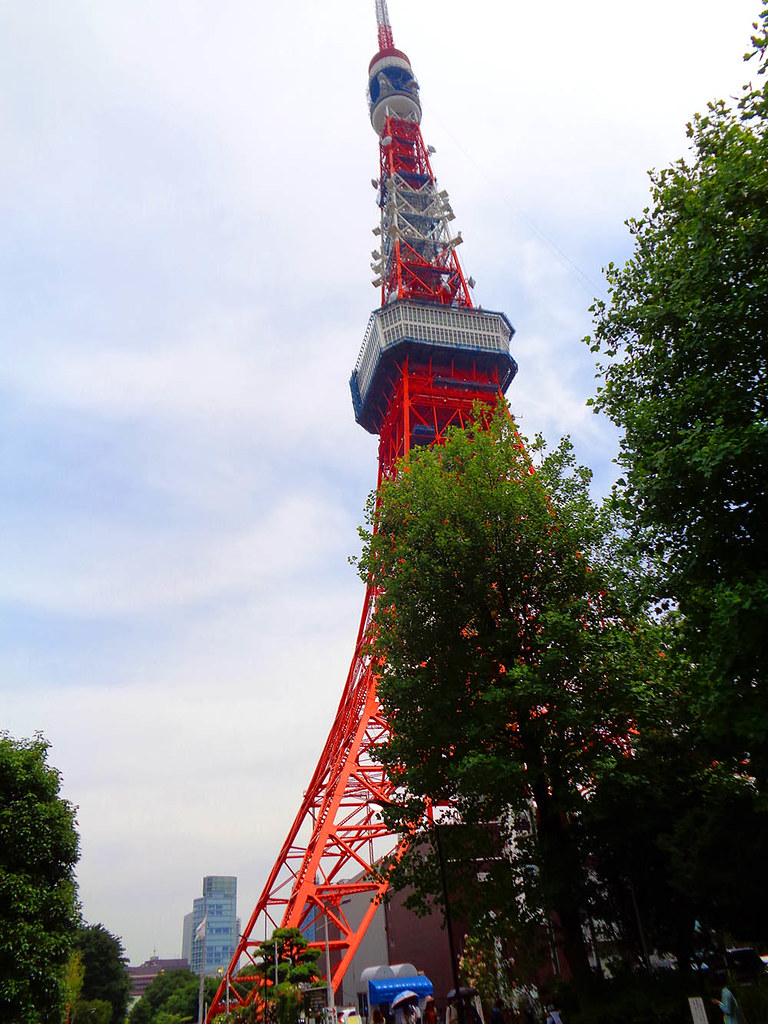 Tokyo Tower 01
Tokyo Tower 01 by
Nightsky, on Flickr
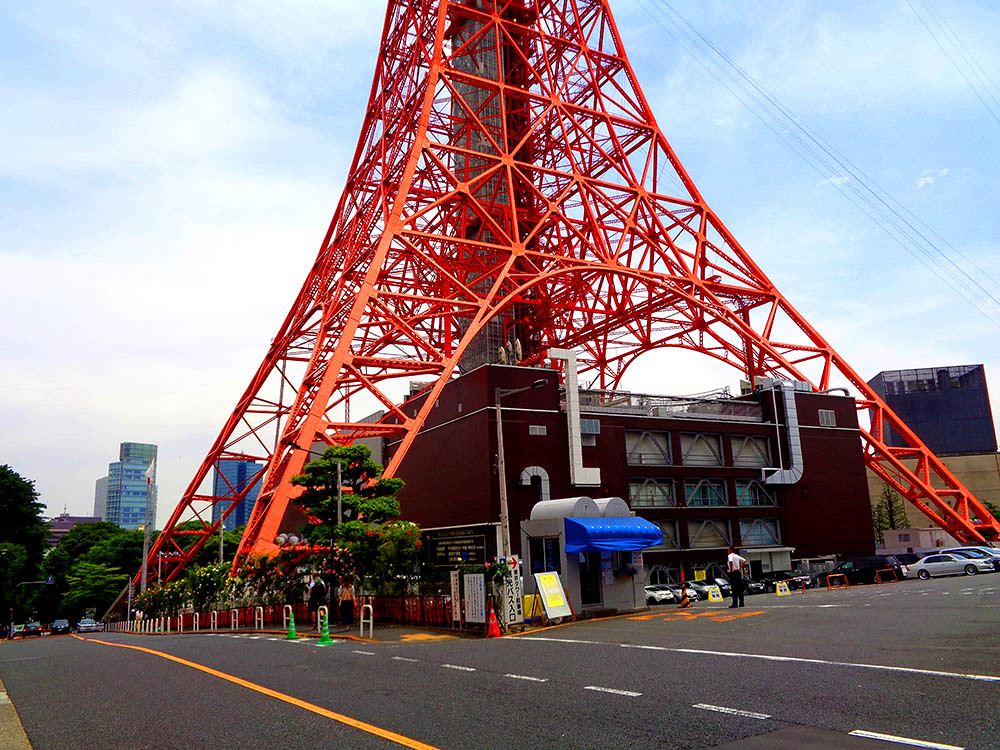 Tokyo Tower 02
Tokyo Tower 02 by
Nightsky, on Flickr
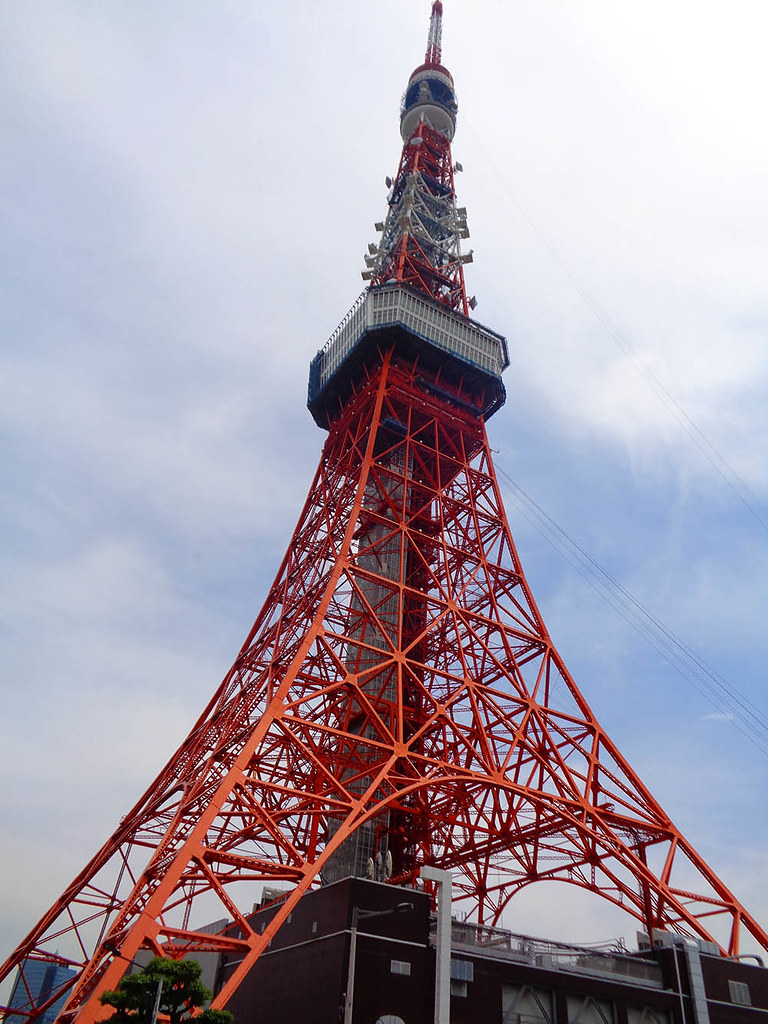 Tokyo Tower 03
Tokyo Tower 03 by
Nightsky, on Flickr
 Tokyo Tower 04
Tokyo Tower 04 by
Nightsky, on Flickr
 Tokyo Tower 06
Tokyo Tower 06 by
Nightsky, on Flickr
 Tokyo Tower 09
Tokyo Tower 09 by
Nightsky, on Flickr
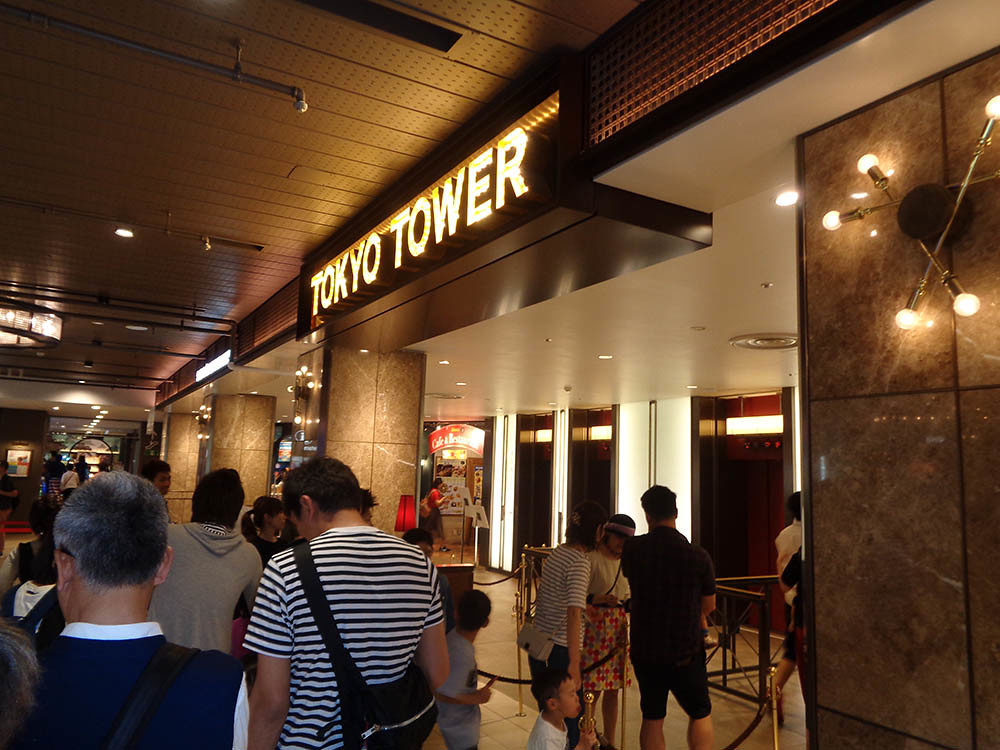 Tokyo Tower 11
Tokyo Tower 11 by
Nightsky, on Flickr
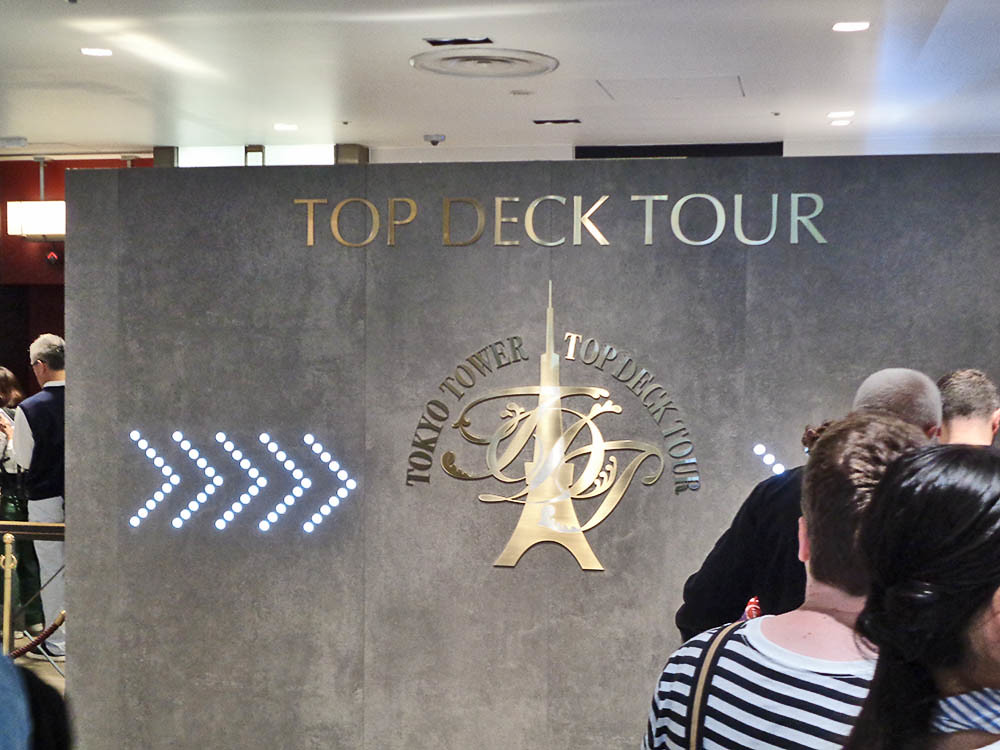 Tokyo Tower 12
Tokyo Tower 12 by
Nightsky, on Flickr
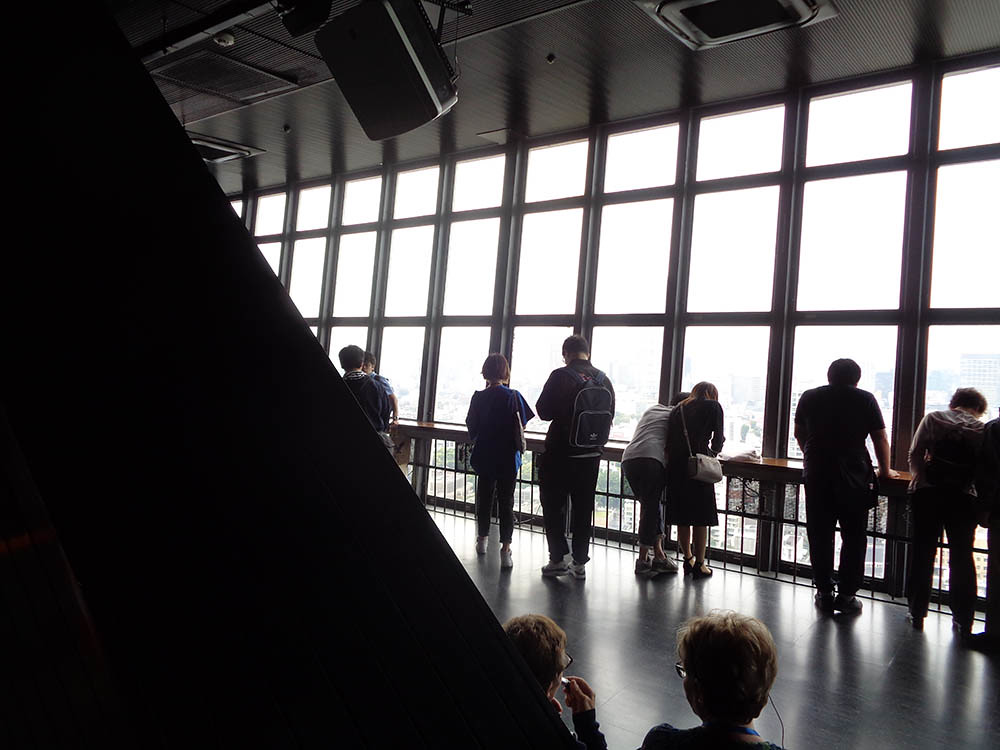 Tokyo Tower 13
Tokyo Tower 13 by
Nightsky, on Flickr
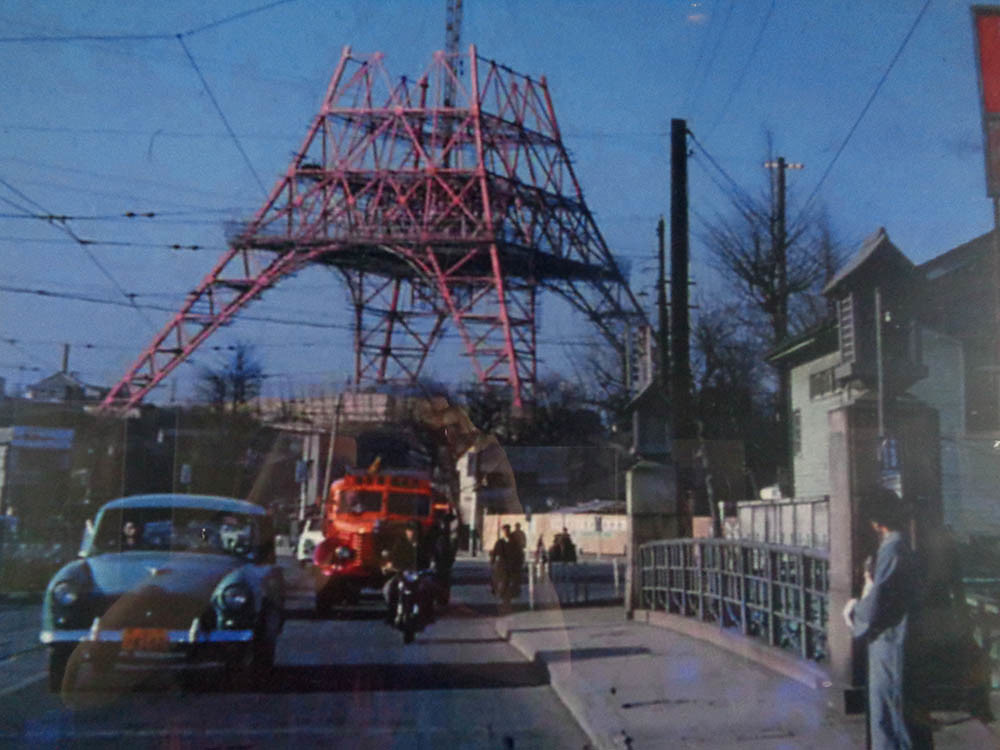 Tokyo Tower 80
Tokyo Tower 80 by
Nightsky, on Flickr
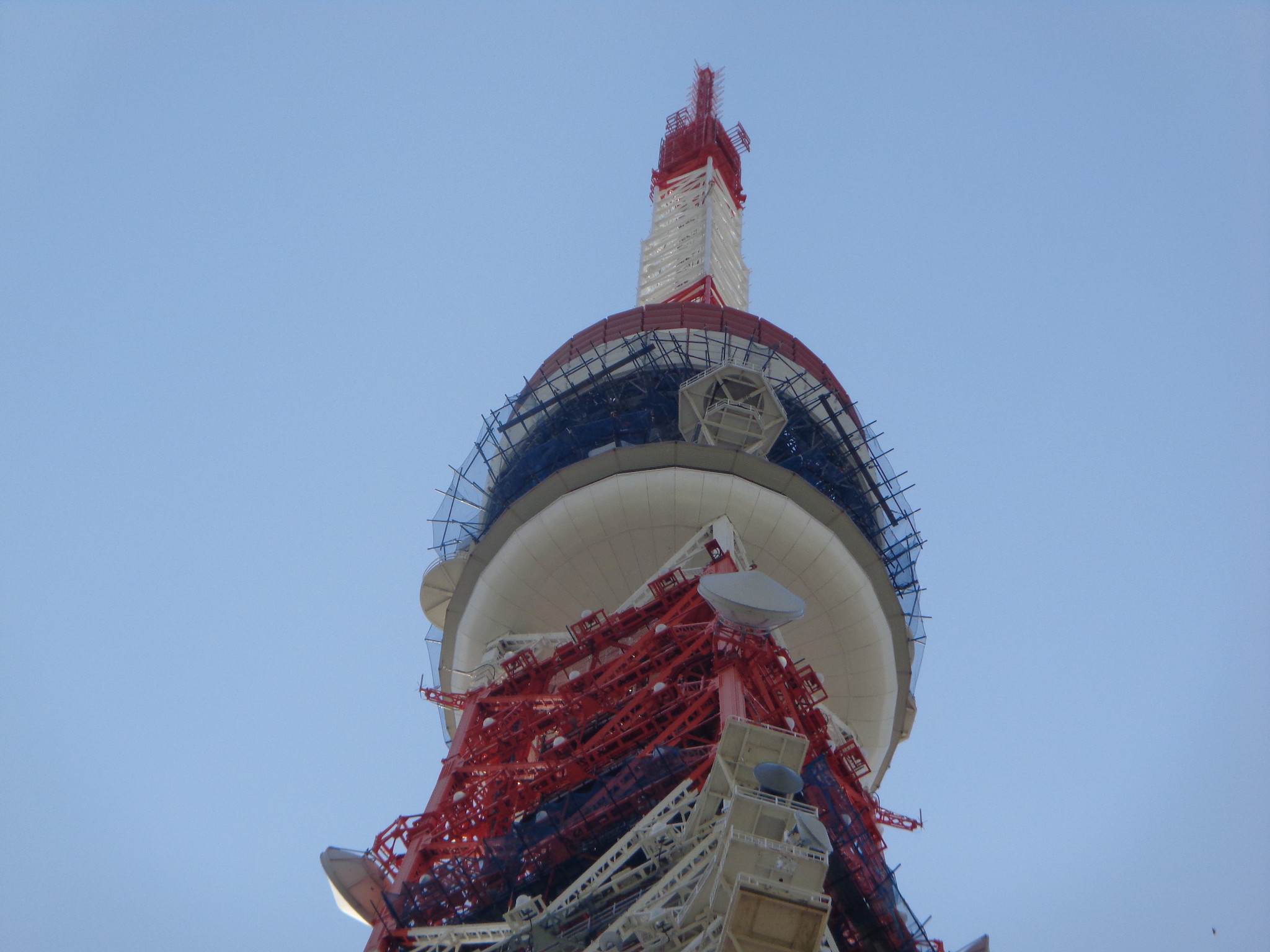 Tokyo Tower 87
Tokyo Tower 87 by
Nightsky, on Flickr
http://worldtravelimages.net/Tokyo_Tower.html
THE VIEWS FROM TOKYO TOWER:
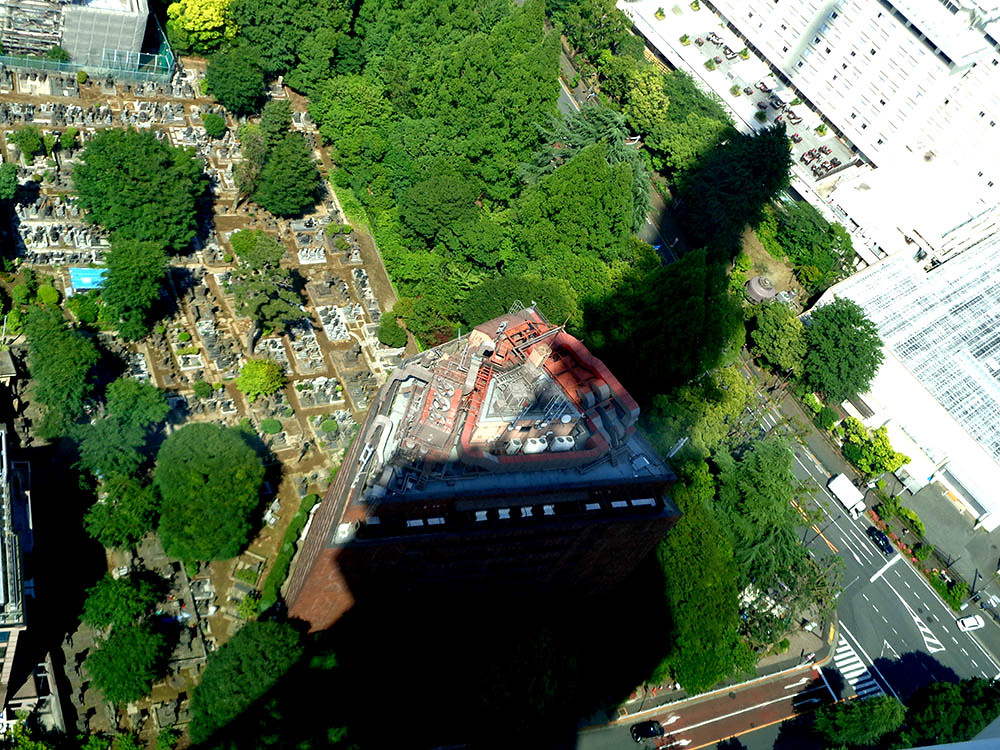 Tokyo Tower 75
Tokyo Tower 75 by
Nightsky, on Flickr
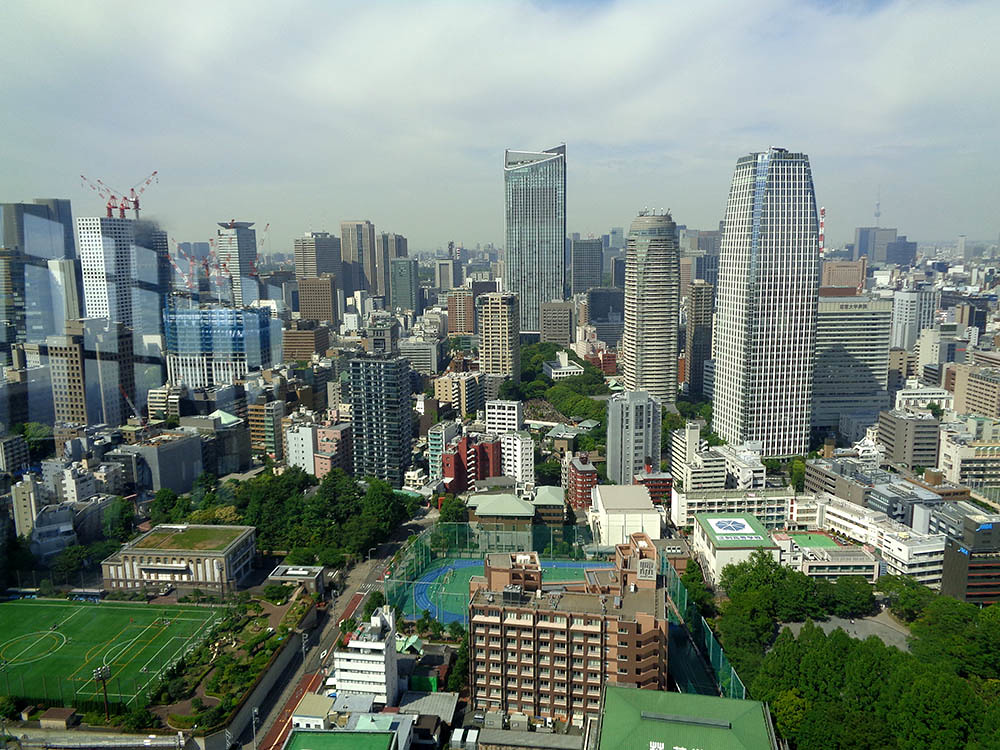 Tokyo Tower 73
Tokyo Tower 73 by
Nightsky, on Flickr
 Tokyo Tower 72
Tokyo Tower 72 by
Nightsky, on Flickr
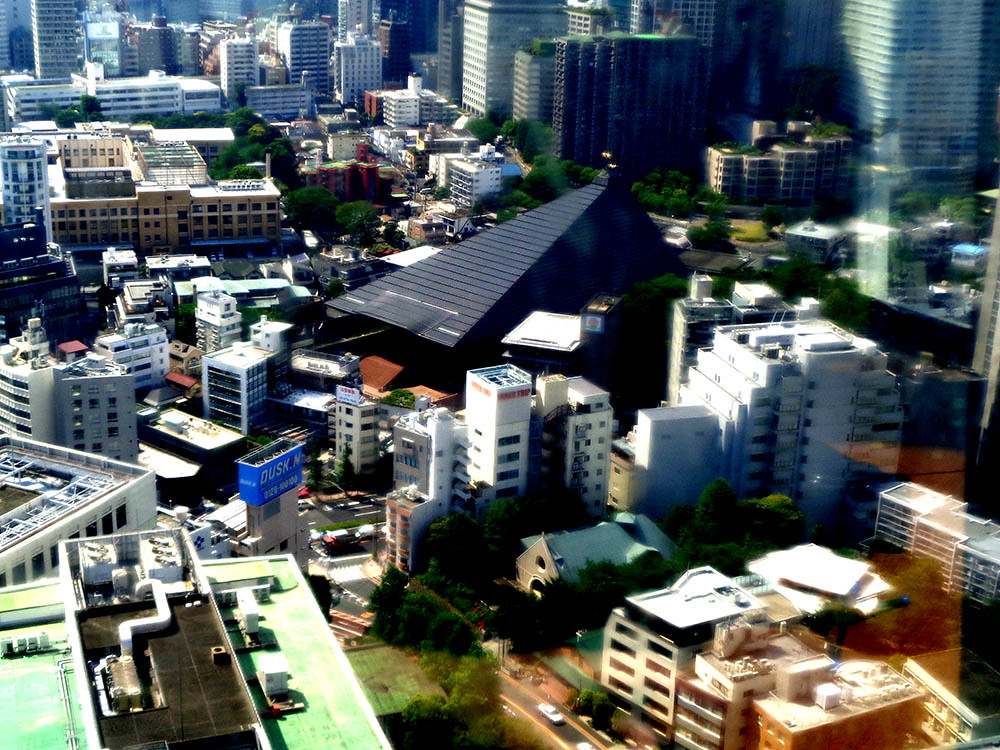 Tokyo Tower 70
Tokyo Tower 70 by
Nightsky, on Flickr
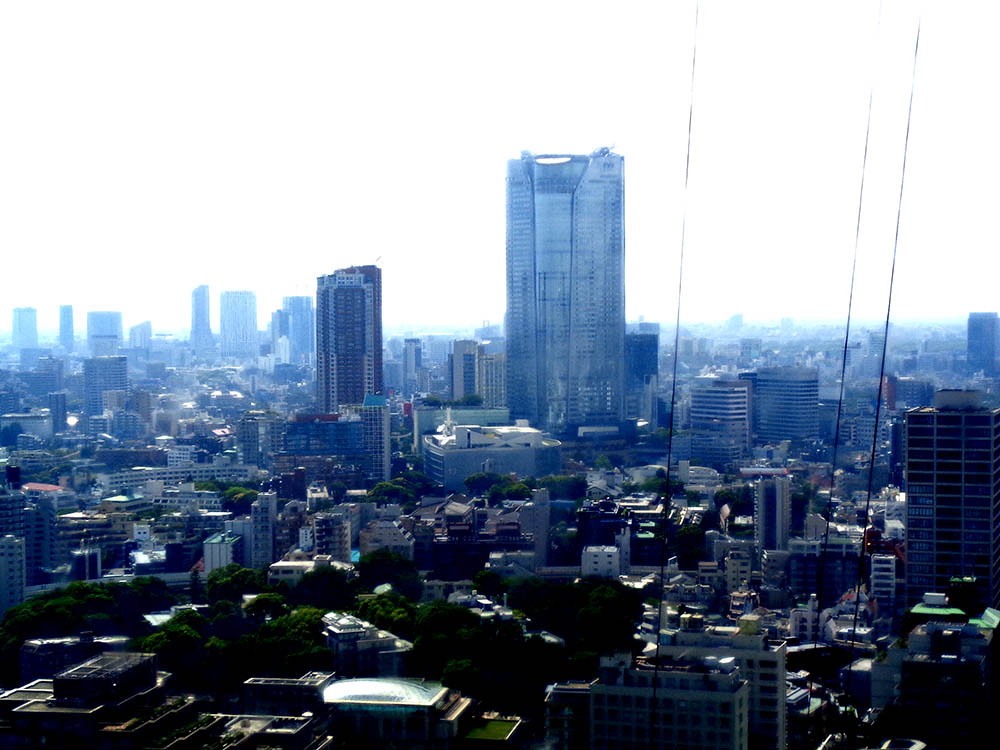 Tokyo Tower 69
Tokyo Tower 69 by
Nightsky, on Flickr
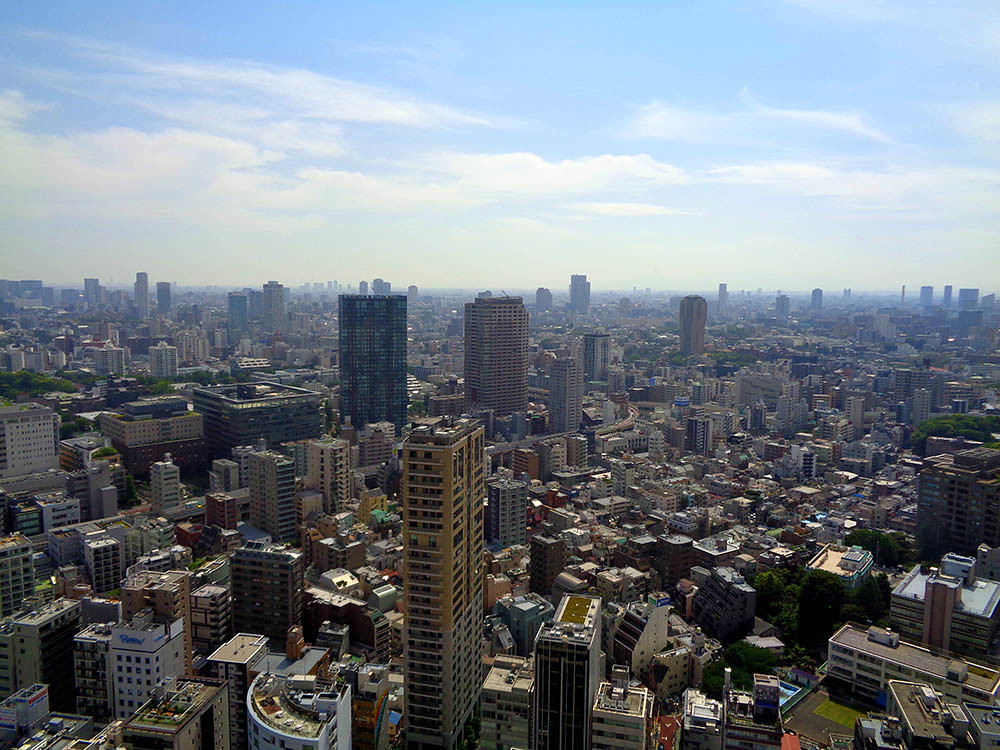 Tokyo Tower 68
Tokyo Tower 68 by
Nightsky, on Flickr
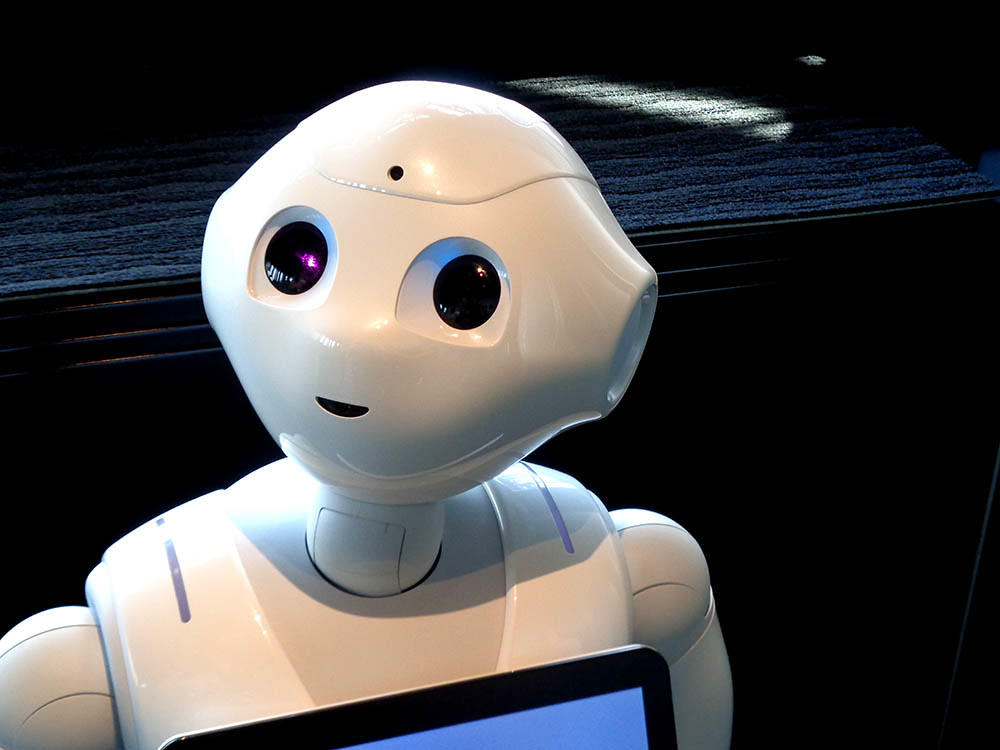 Tokyo Tower 67
Tokyo Tower 67 by
Nightsky, on Flickr
 Tokyo Tower 66
Tokyo Tower 66 by
Nightsky, on Flickr
 Tokyo Tower 64
Tokyo Tower 64 by
Nightsky, on Flickr
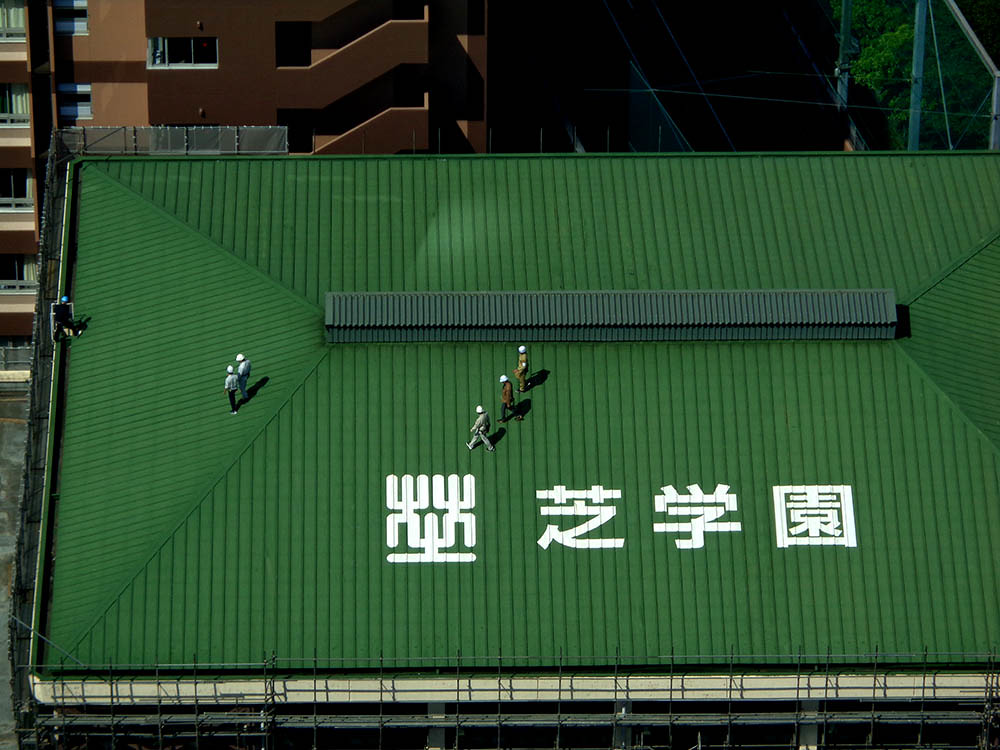 Tokyo Tower 74
Tokyo Tower 74 by
Nightsky, on Flickr
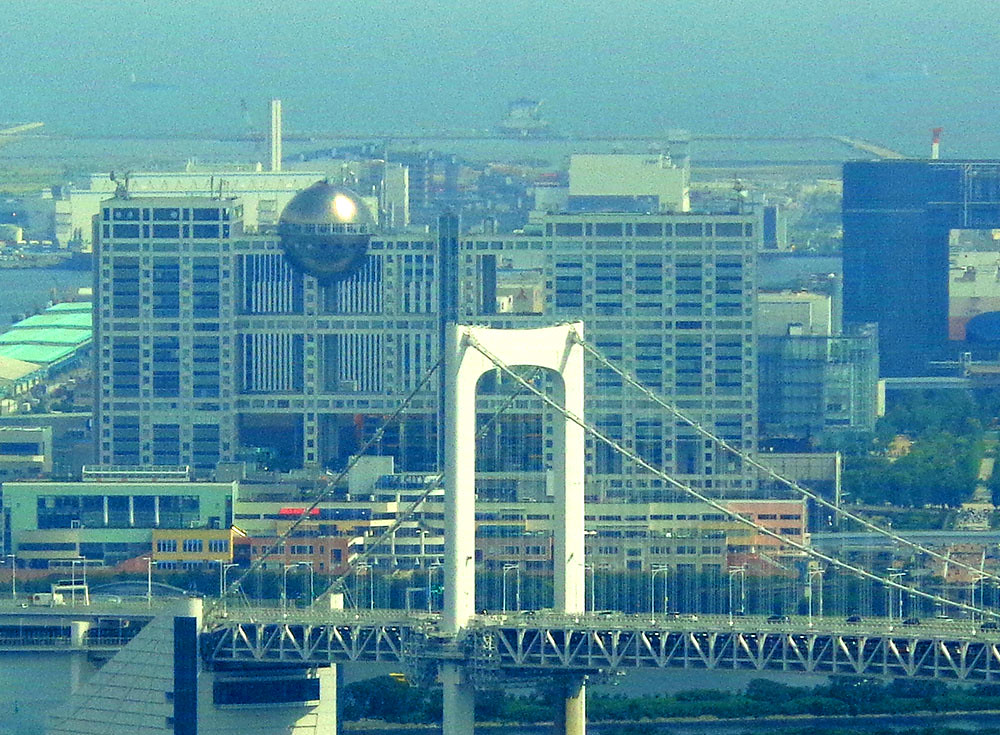 Tokyo Tower 63
Tokyo Tower 63 by
Nightsky, on Flickr
 Tokyo Tower 62
Tokyo Tower 62 by
Nightsky, on Flickr
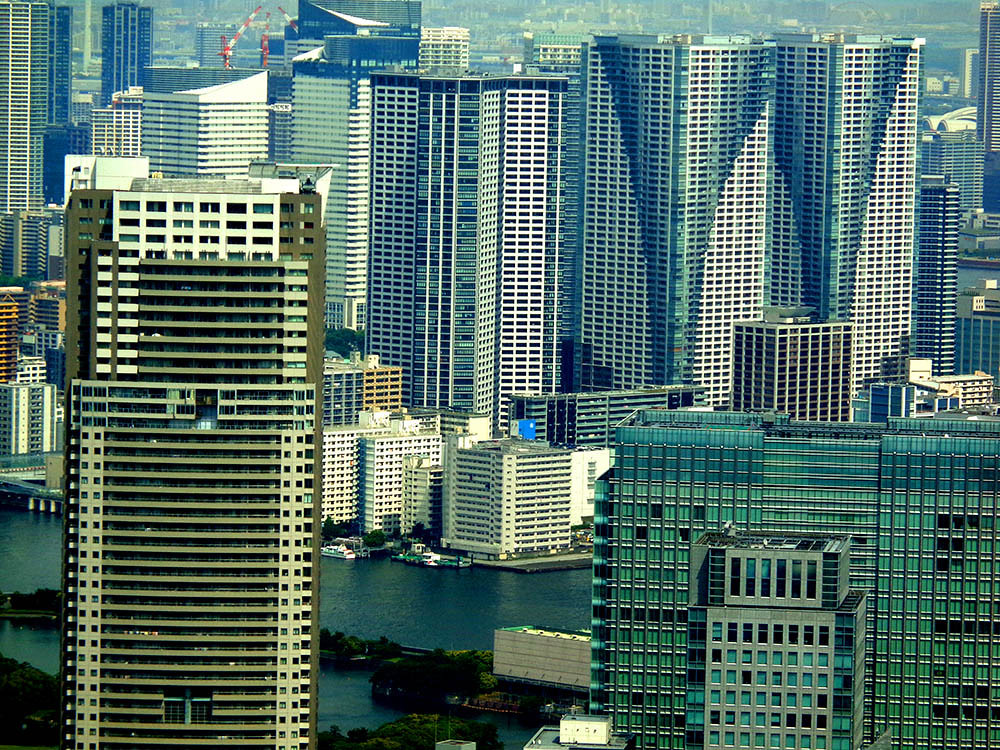 Tokyo Tower 57
Tokyo Tower 57 by
Nightsky, on Flickr
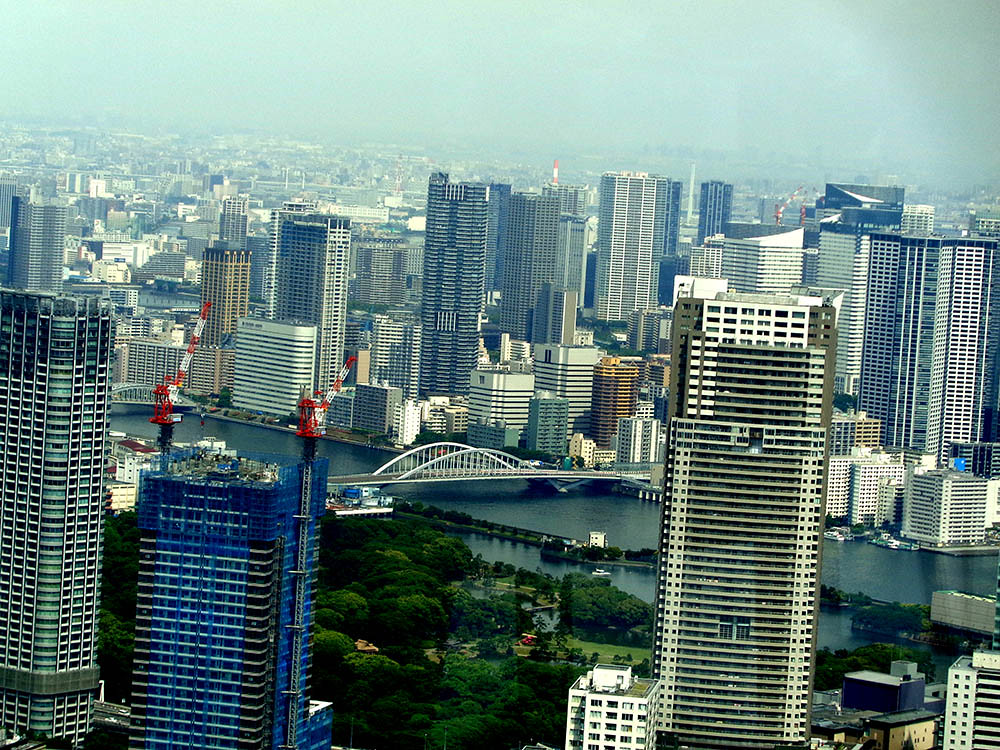 Tokyo Tower 56
Tokyo Tower 56 by
Nightsky, on Flickr
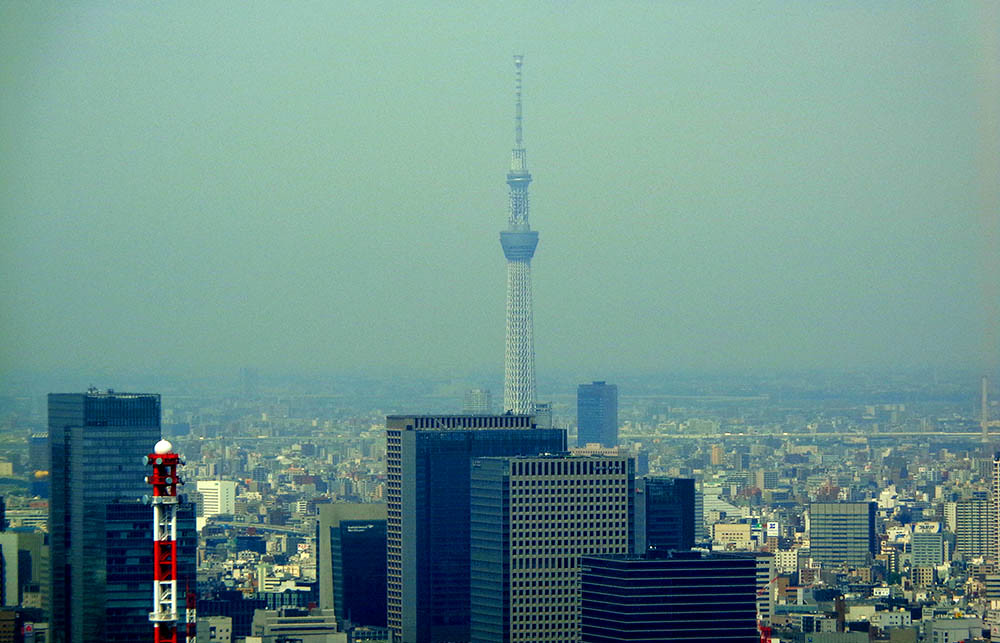 Tokyo Tower 55
Tokyo Tower 55 by
Nightsky, on Flickr
Skytree in the background.
______________________________________________________
MORE VIEWS FROM TOKYO TOWER:
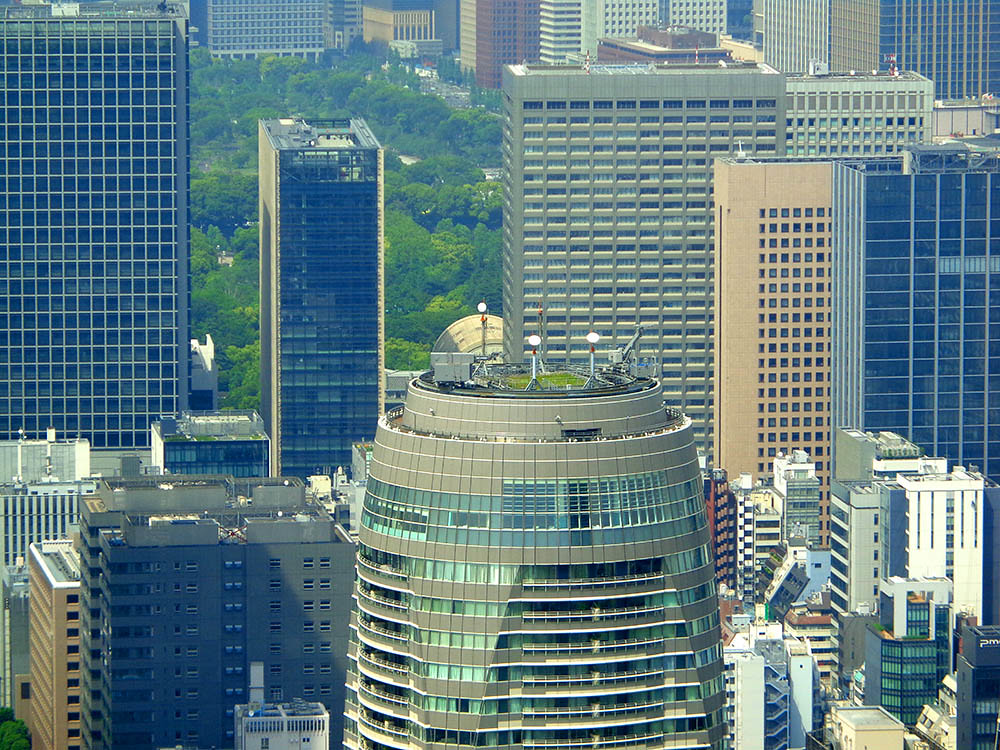 Tokyo Tower 53
Tokyo Tower 53 by
Nightsky, on Flickr
 Tokyo Tower 52
Tokyo Tower 52 by
Nightsky, on Flickr
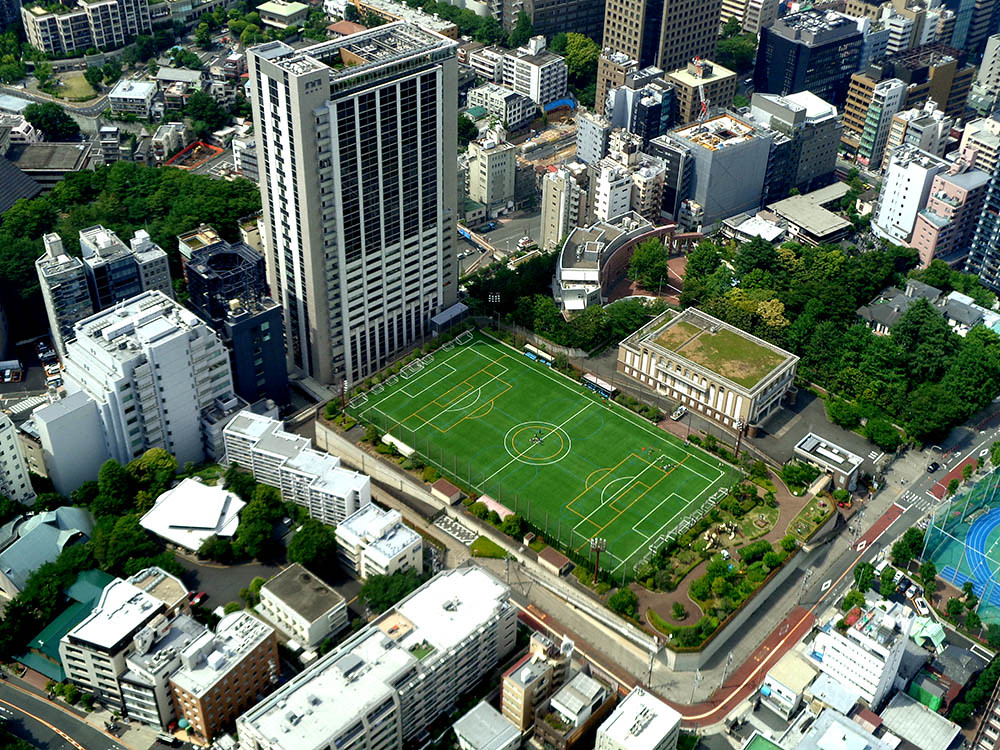 Tokyo Tower 48
Tokyo Tower 48 by
Nightsky, on Flickr
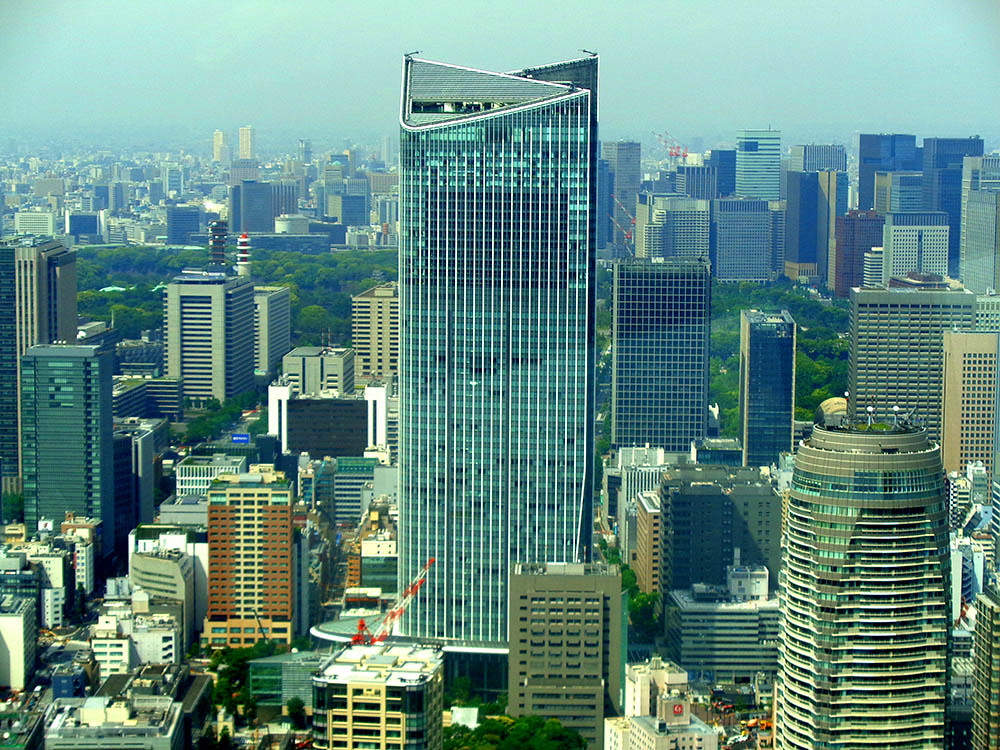 Tokyo Tower 47
Tokyo Tower 47 by
Nightsky, on Flickr
Toranamon Hills, currently the tallest skyscraper in Tokyo.
 Tokyo Tower 46
Tokyo Tower 46 by
Nightsky, on Flickr
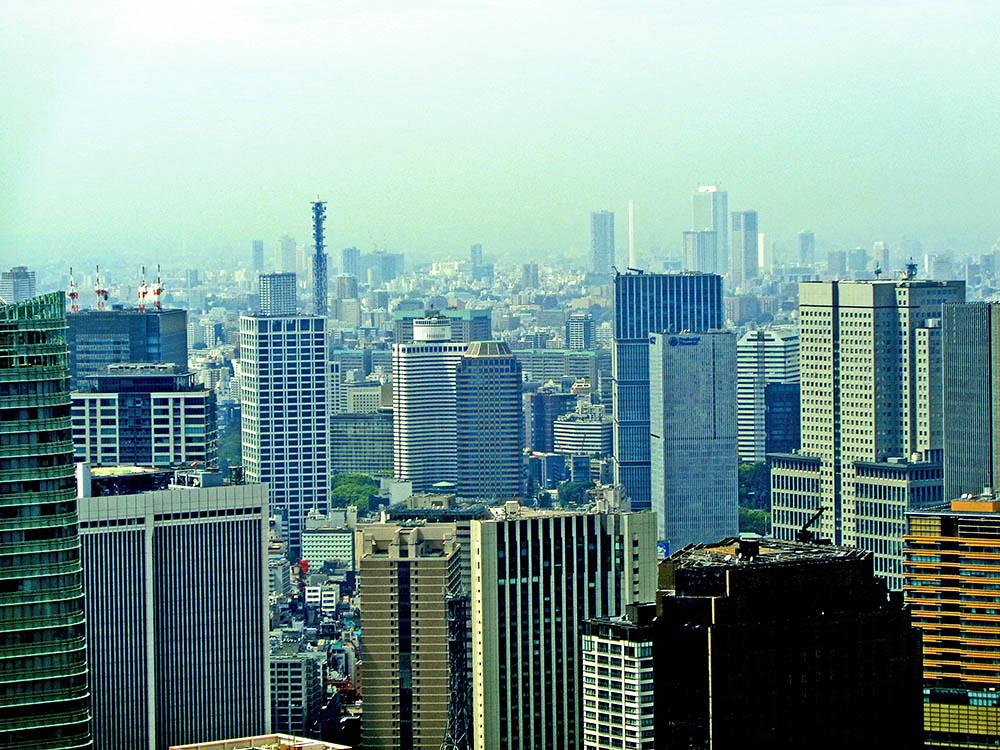 Tokyo Tower 43
Tokyo Tower 43 by
Nightsky, on Flickr
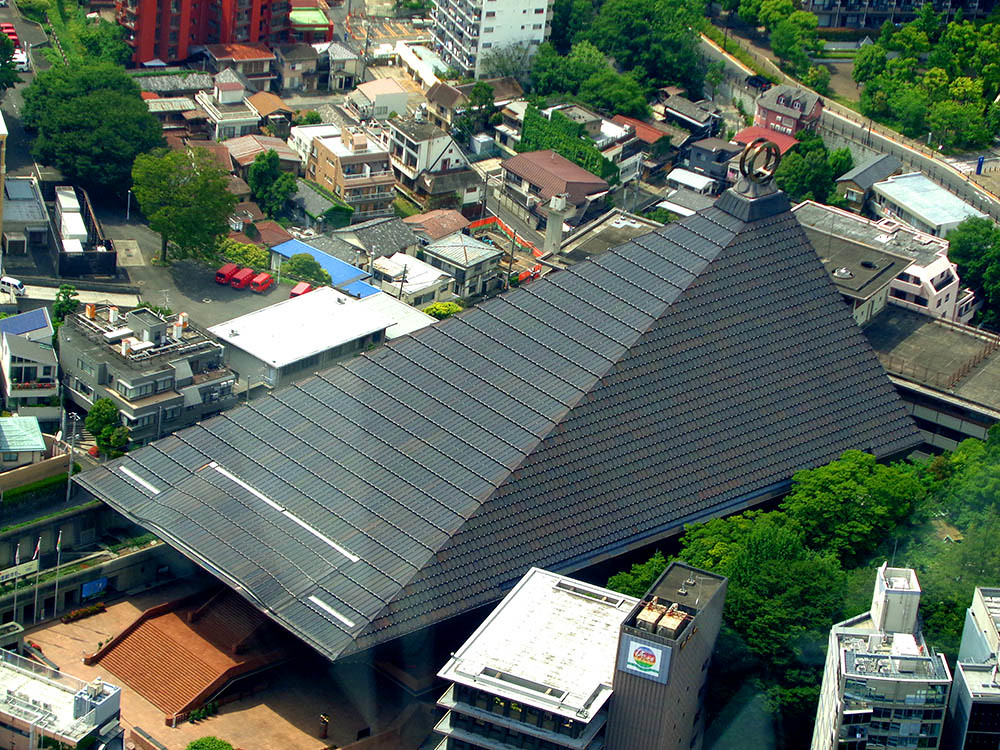 Tokyo Tower 42
Tokyo Tower 42 by
Nightsky, on Flickr
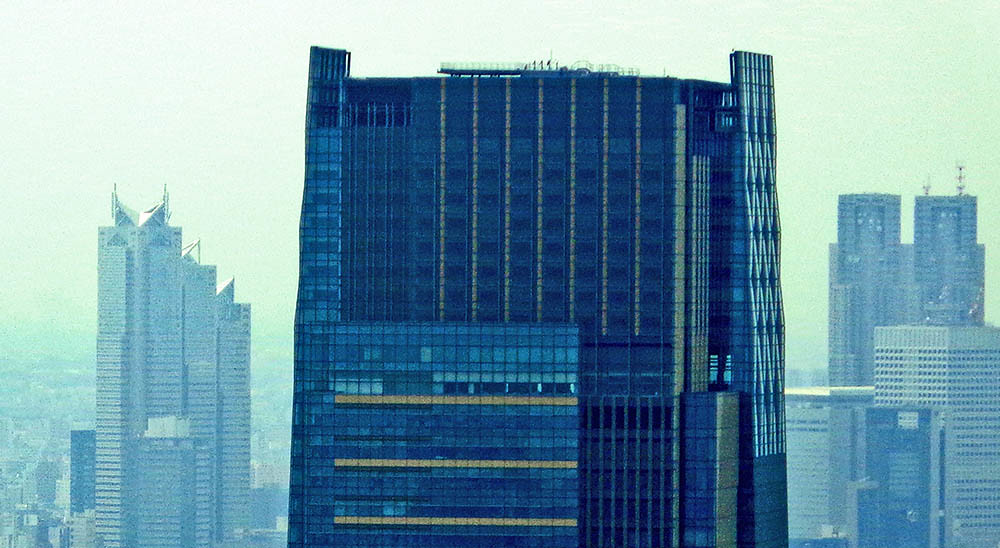 Tokyo Tower 41
Tokyo Tower 41 by
Nightsky, on Flickr
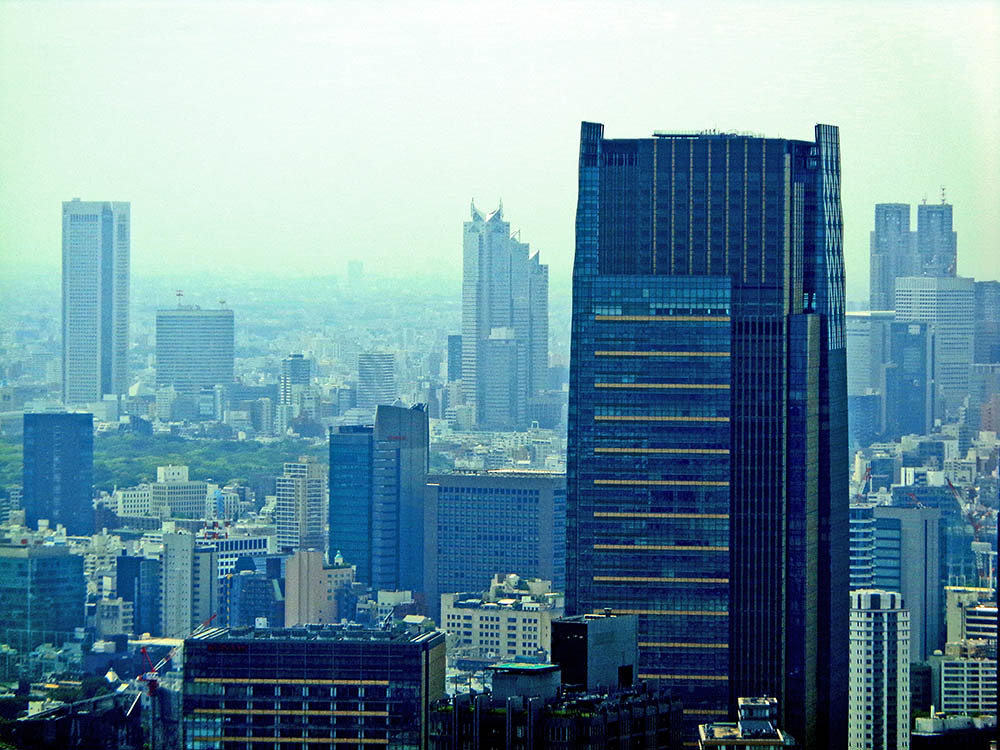 Tokyo Tower 40
Tokyo Tower 40 by
Nightsky, on Flickr
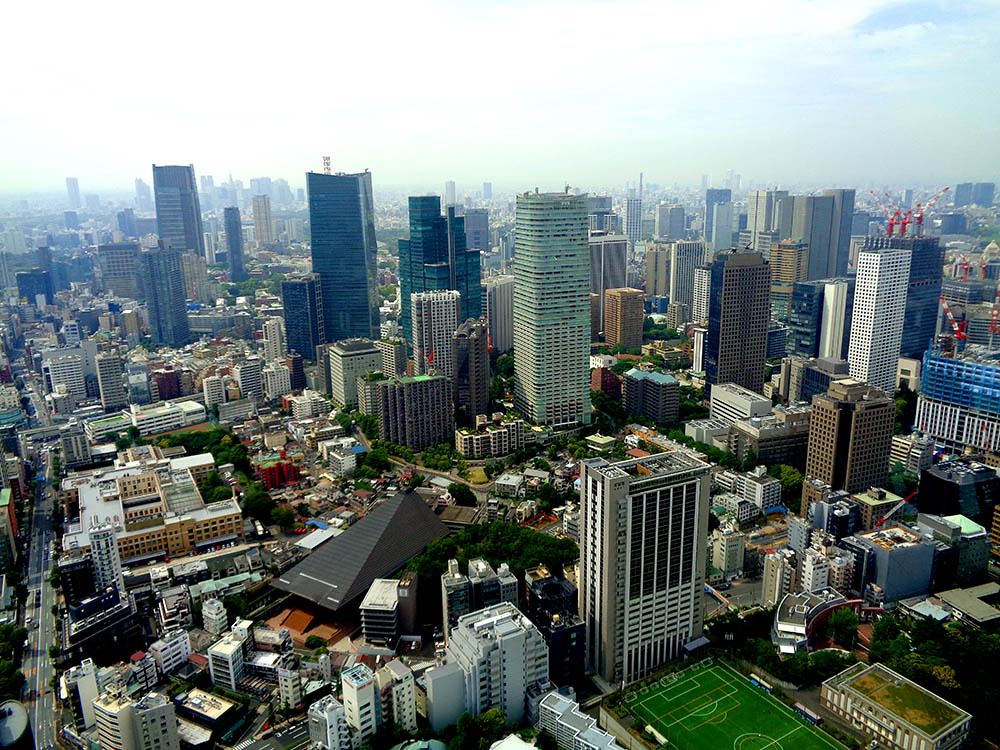 Tokyo Tower 38
Tokyo Tower 38 by
Nightsky, on Flickr
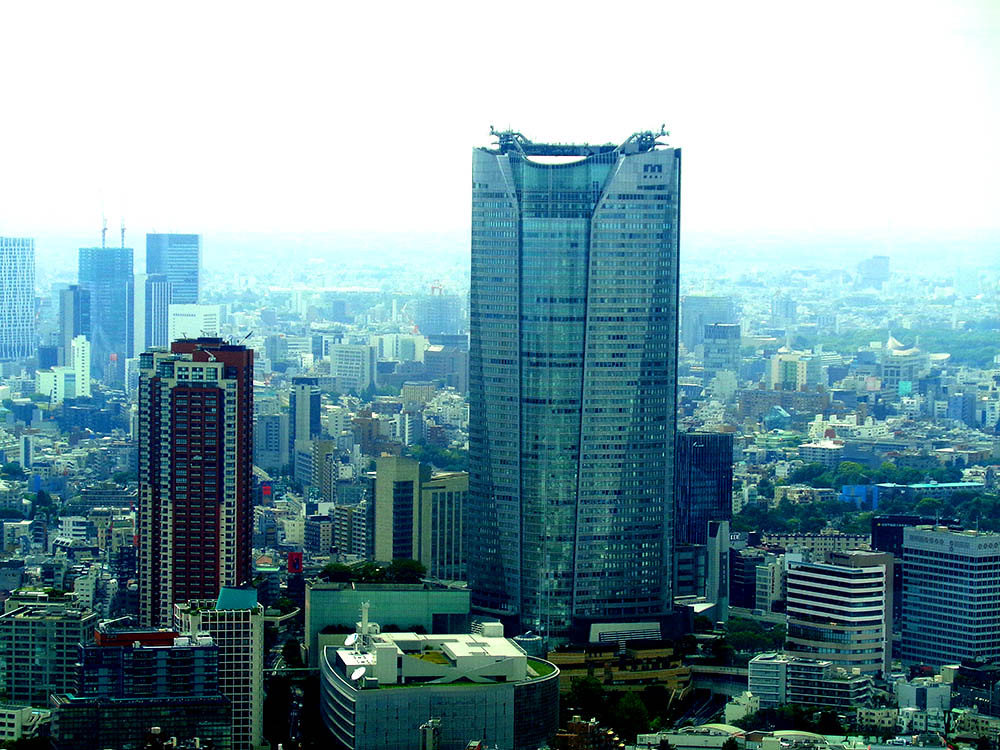 Tokyo Tower 37
Tokyo Tower 37 by
Nightsky, on Flickr
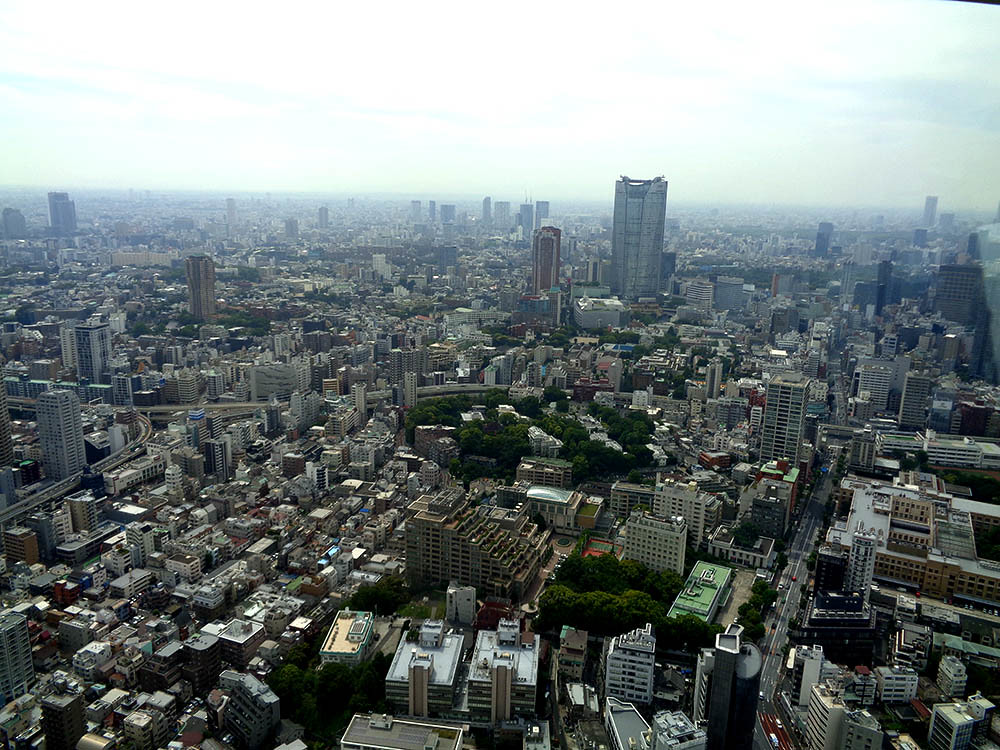 Tokyo Tower 36
Tokyo Tower 36 by
Nightsky, on Flickr
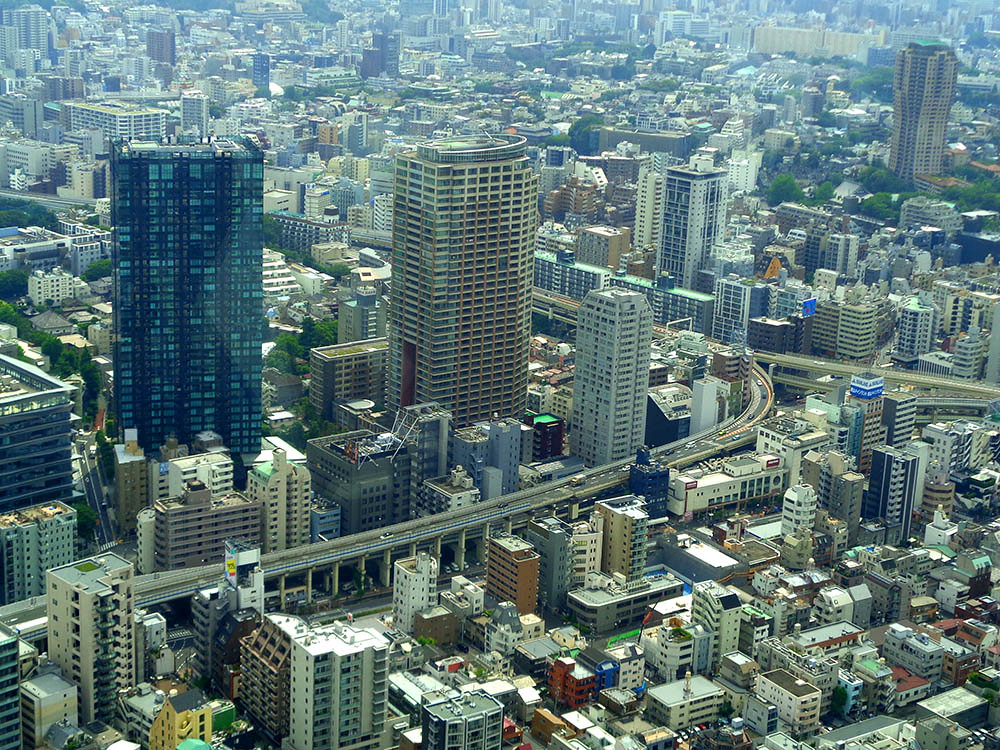 Tokyo Tower 35
Tokyo Tower 35 by
Nightsky, on Flickr
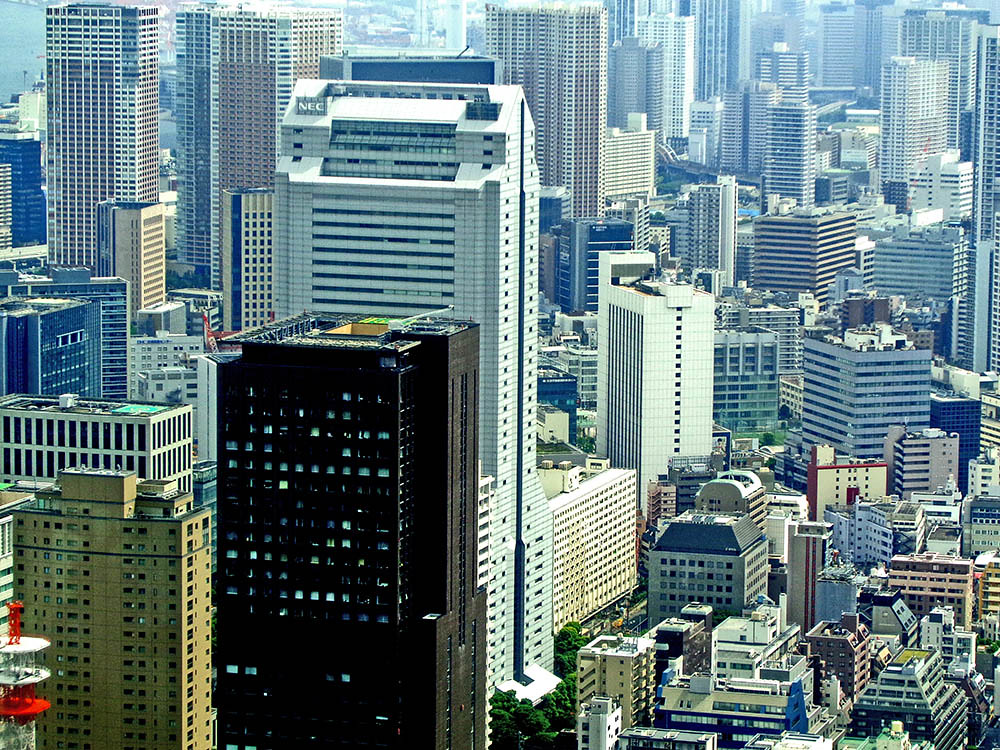 Tokyo Tower 34
Tokyo Tower 34 by
Nightsky, on Flickr
 Tokyo Tower 33
Tokyo Tower 33 by
Nightsky, on Flickr
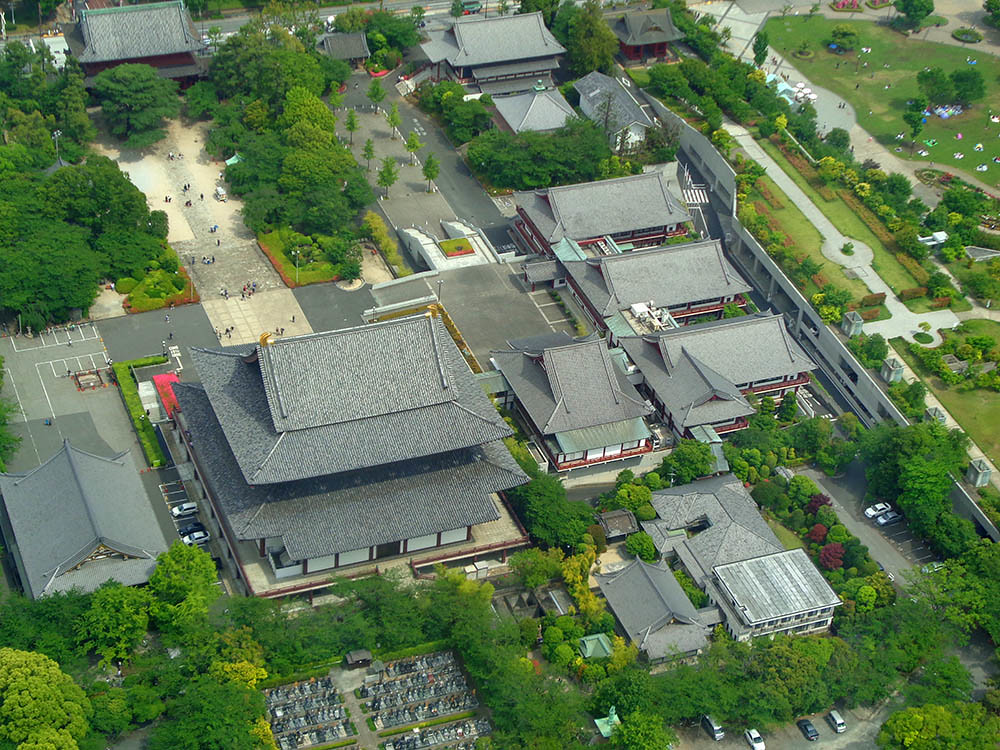 Tokyo Tower 32
Tokyo Tower 32 by
Nightsky, on Flickr
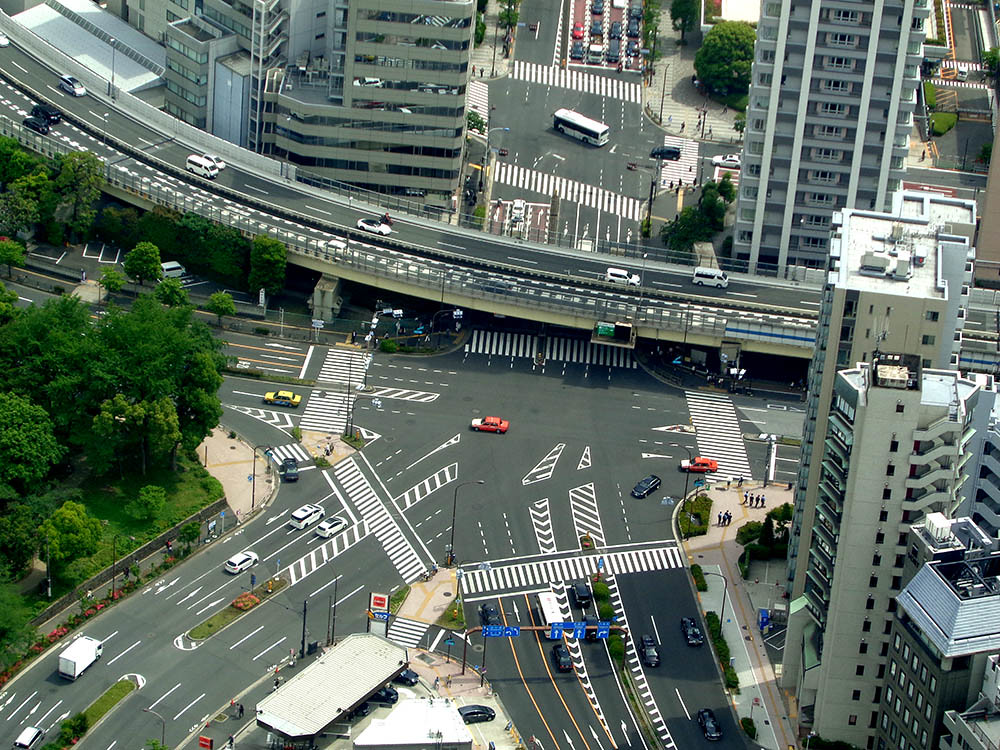 Tokyo Tower 31
Tokyo Tower 31 by
Nightsky, on Flickr
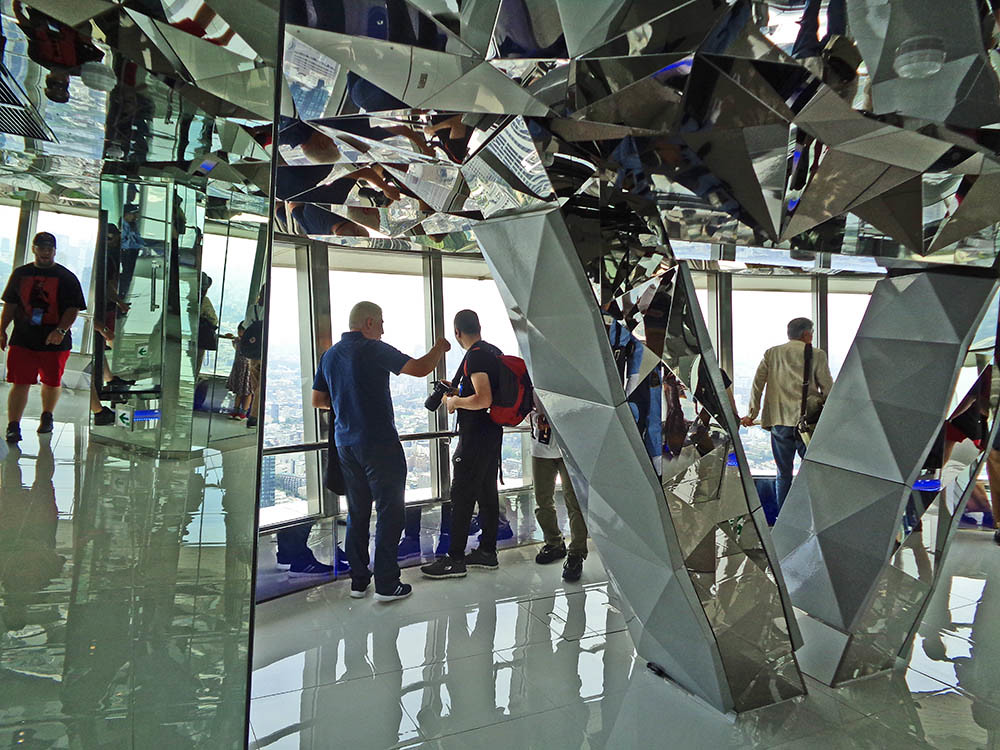 Tokyo Tower 26
Tokyo Tower 26 by
Nightsky, on Flickr
 Tokyo Tower 25
Tokyo Tower 25 by
Nightsky, on Flickr
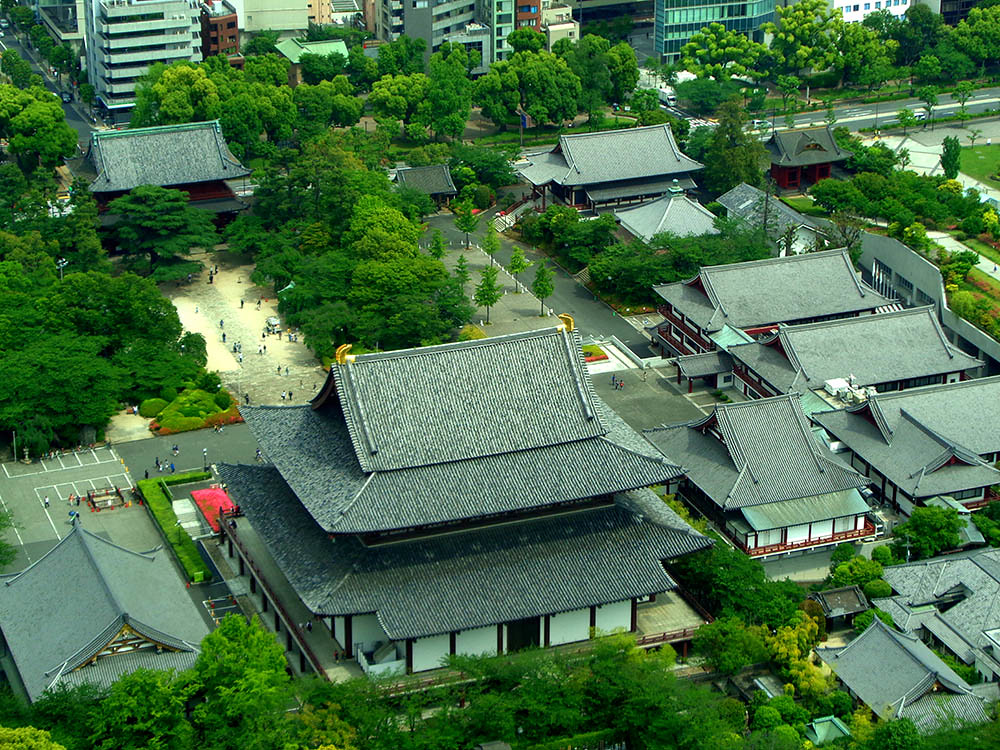 Tokyo Tower 20
Tokyo Tower 20 by
Nightsky, on Flickr
Zojoji Temple.
 Tokyo Tower 21
Tokyo Tower 21 by
Nightsky, on Flickr
http://worldtravelimages.net/Tokyo_Tower.html



